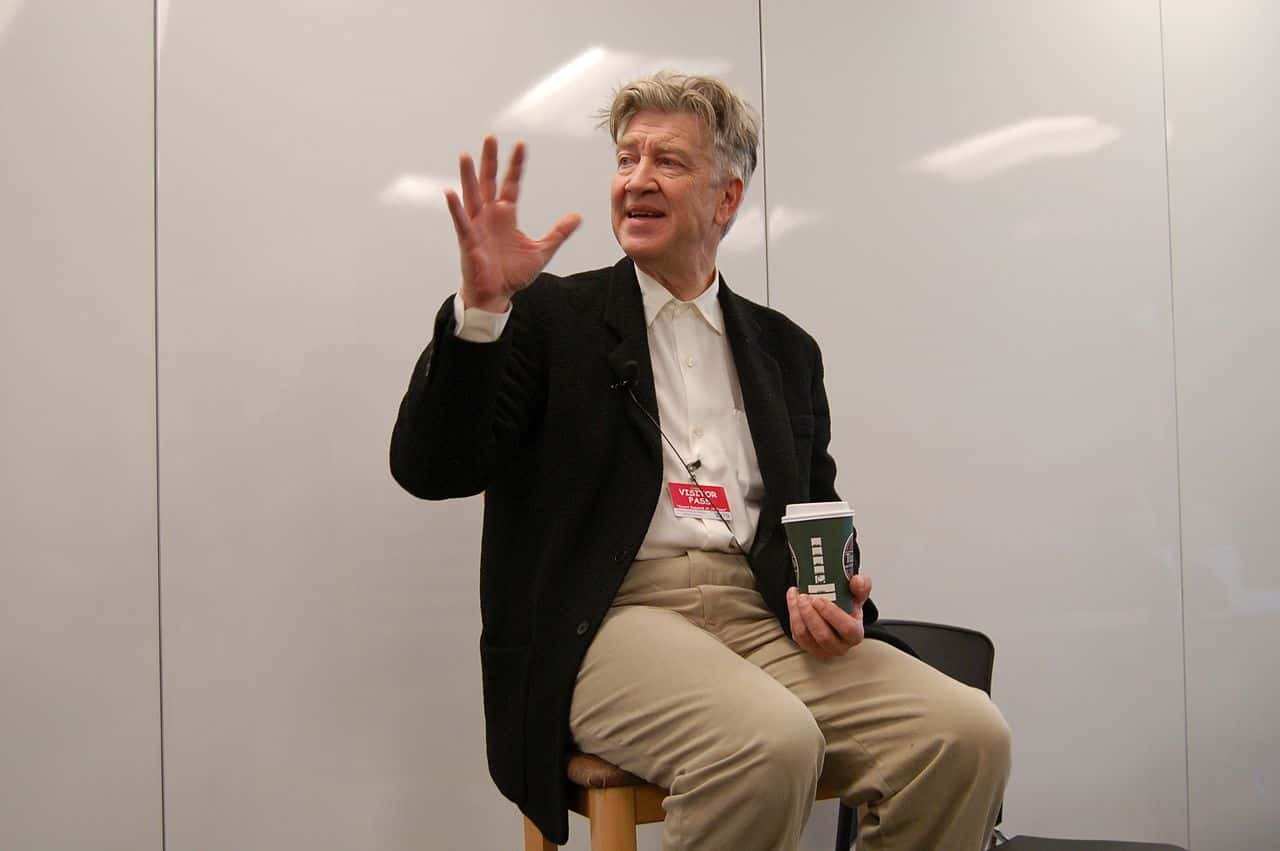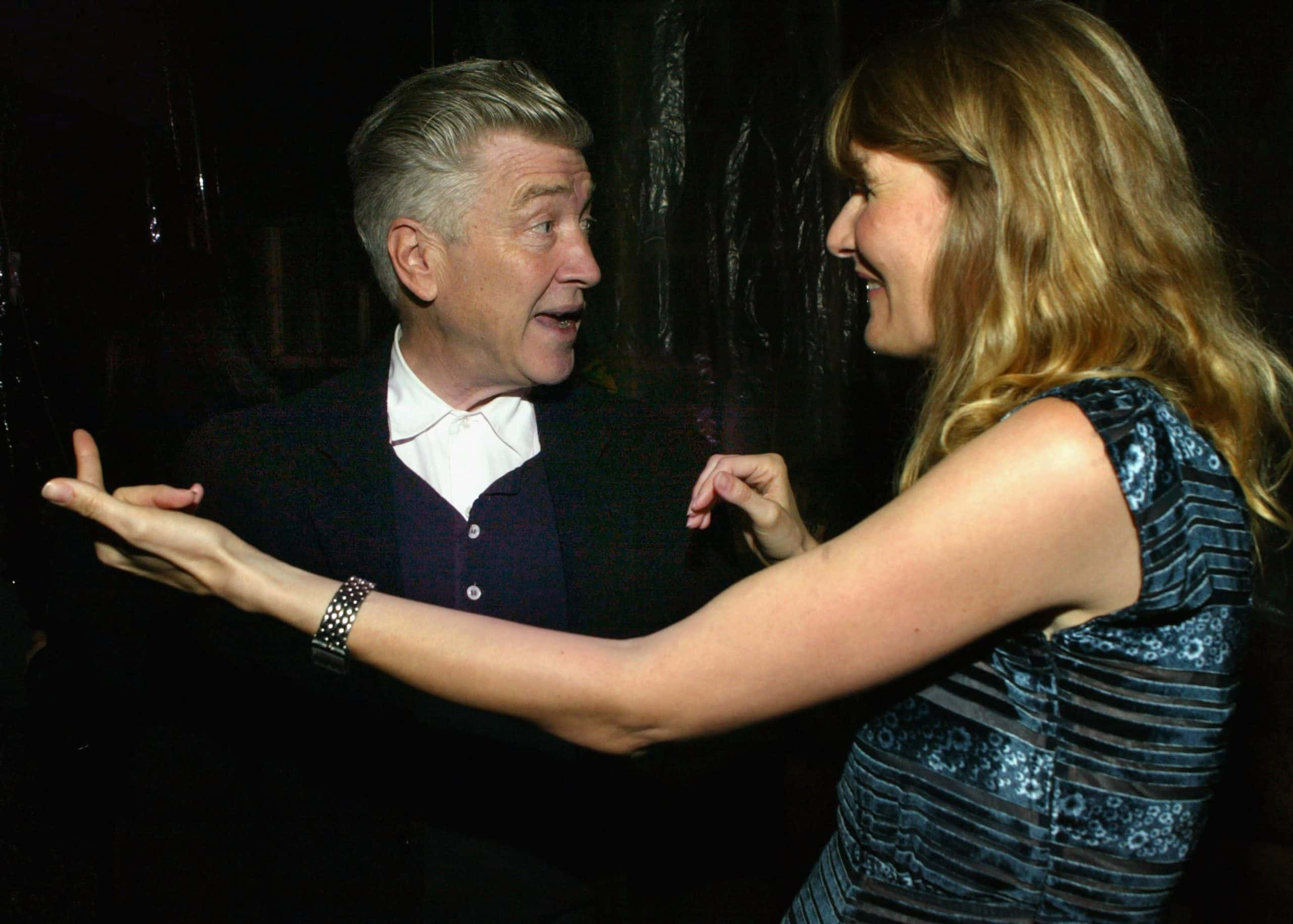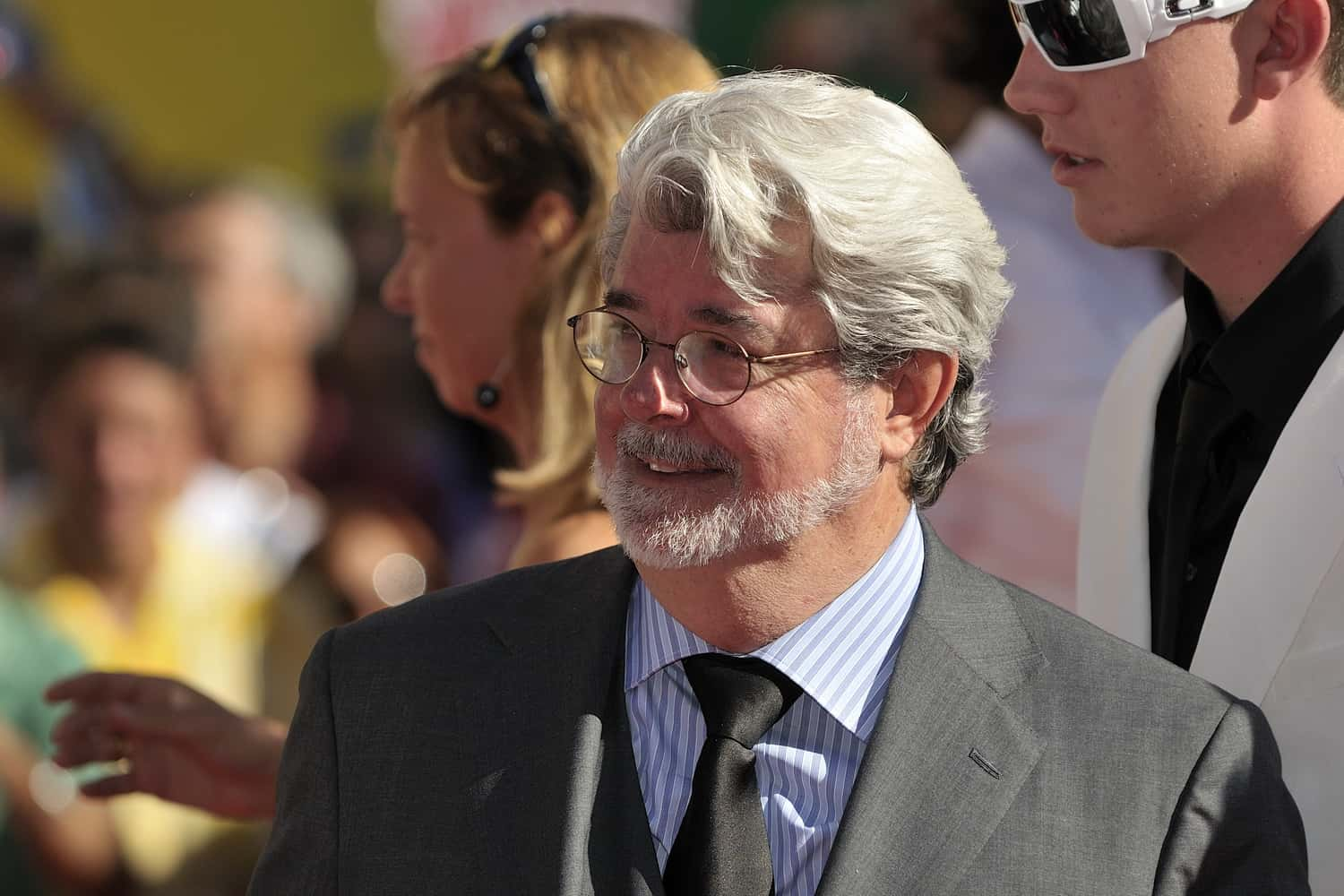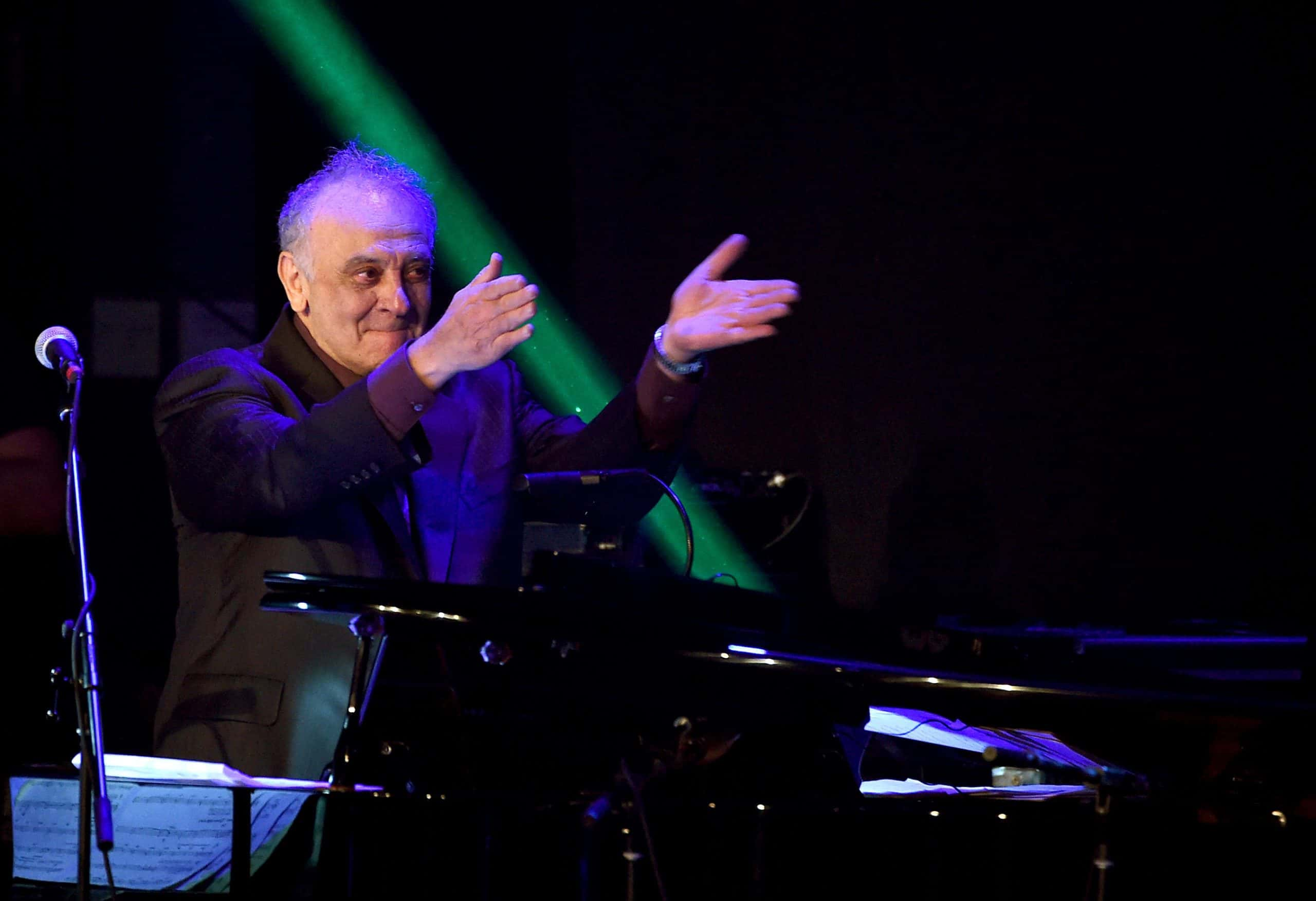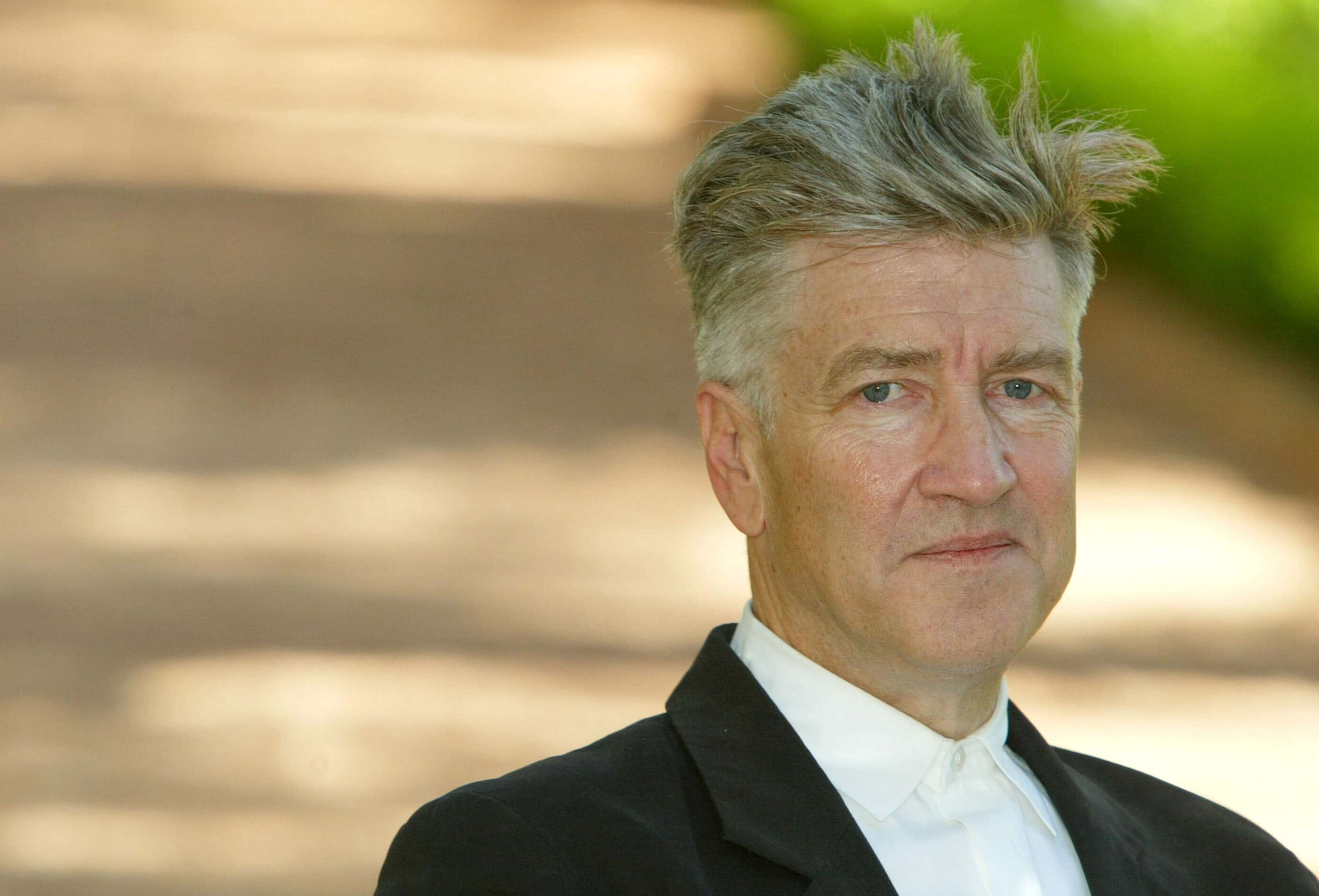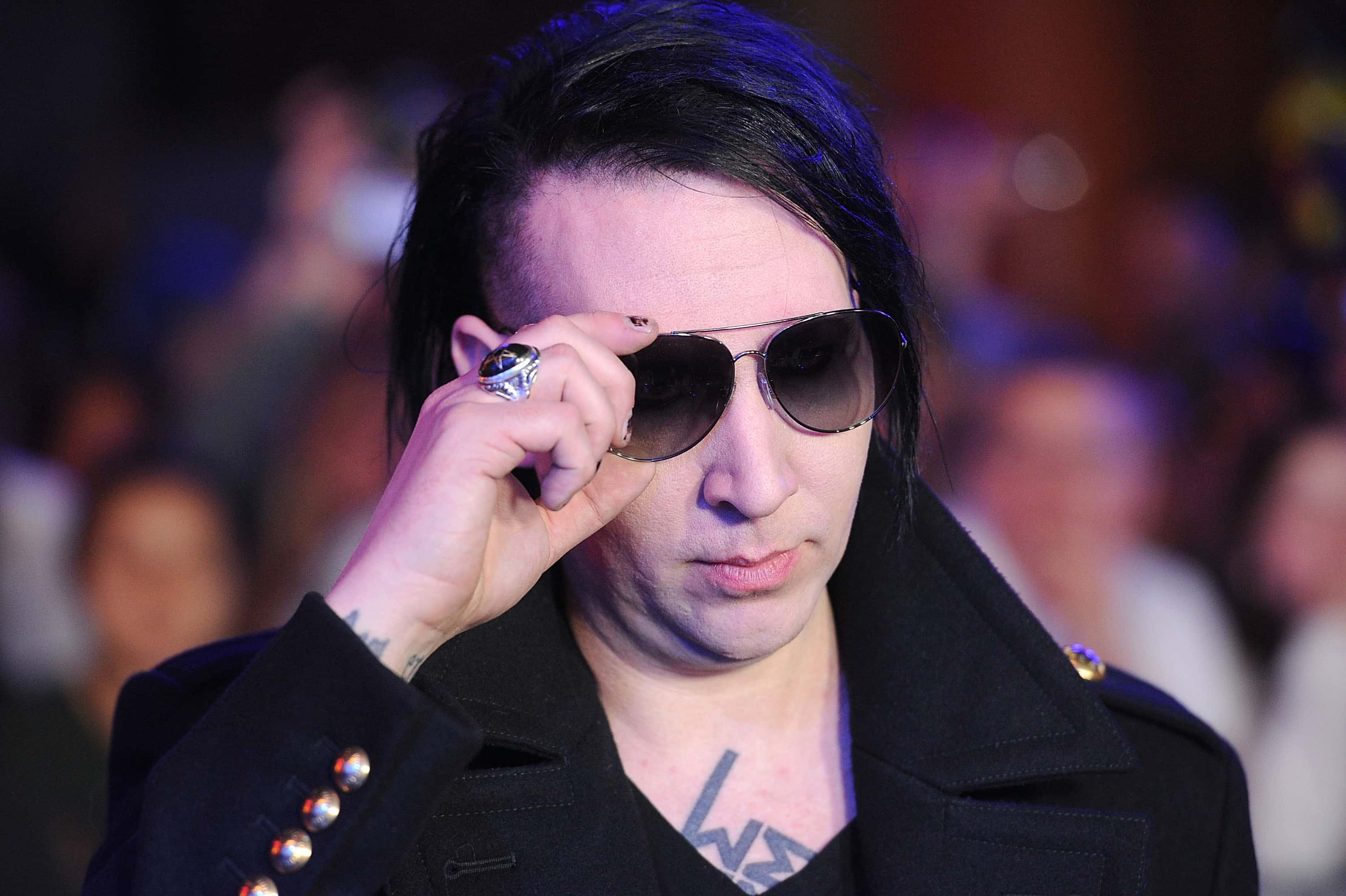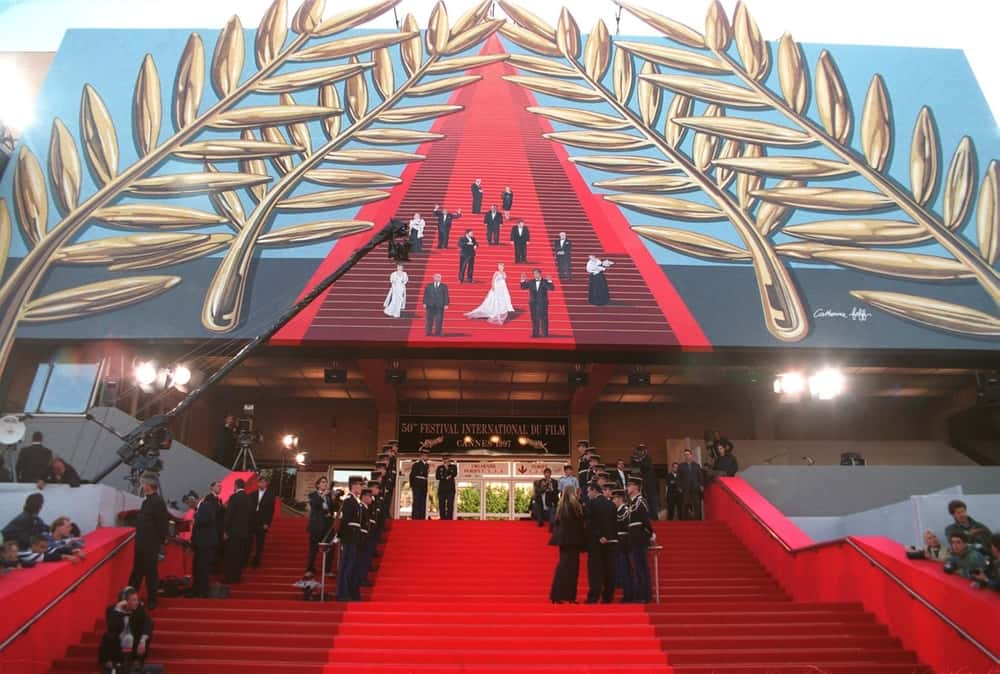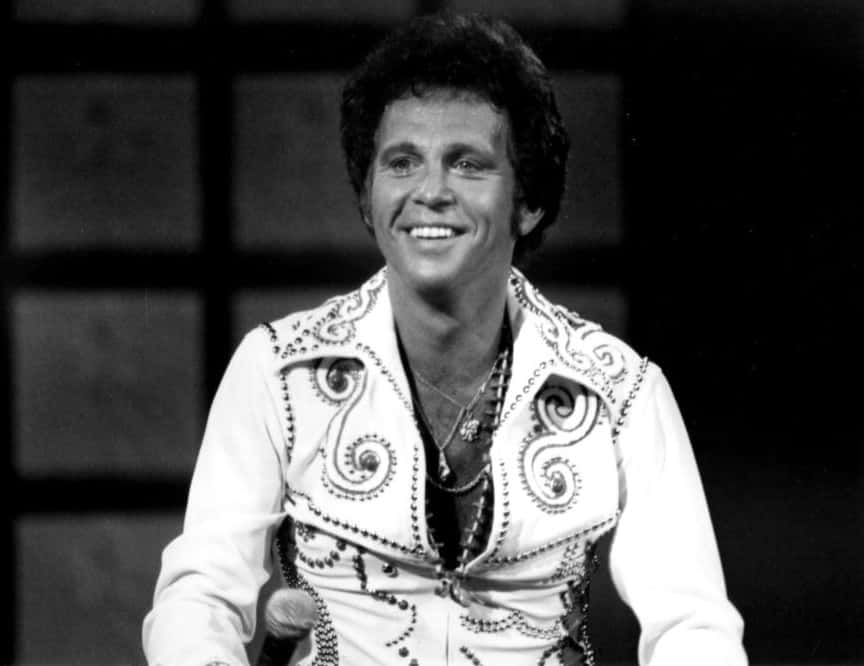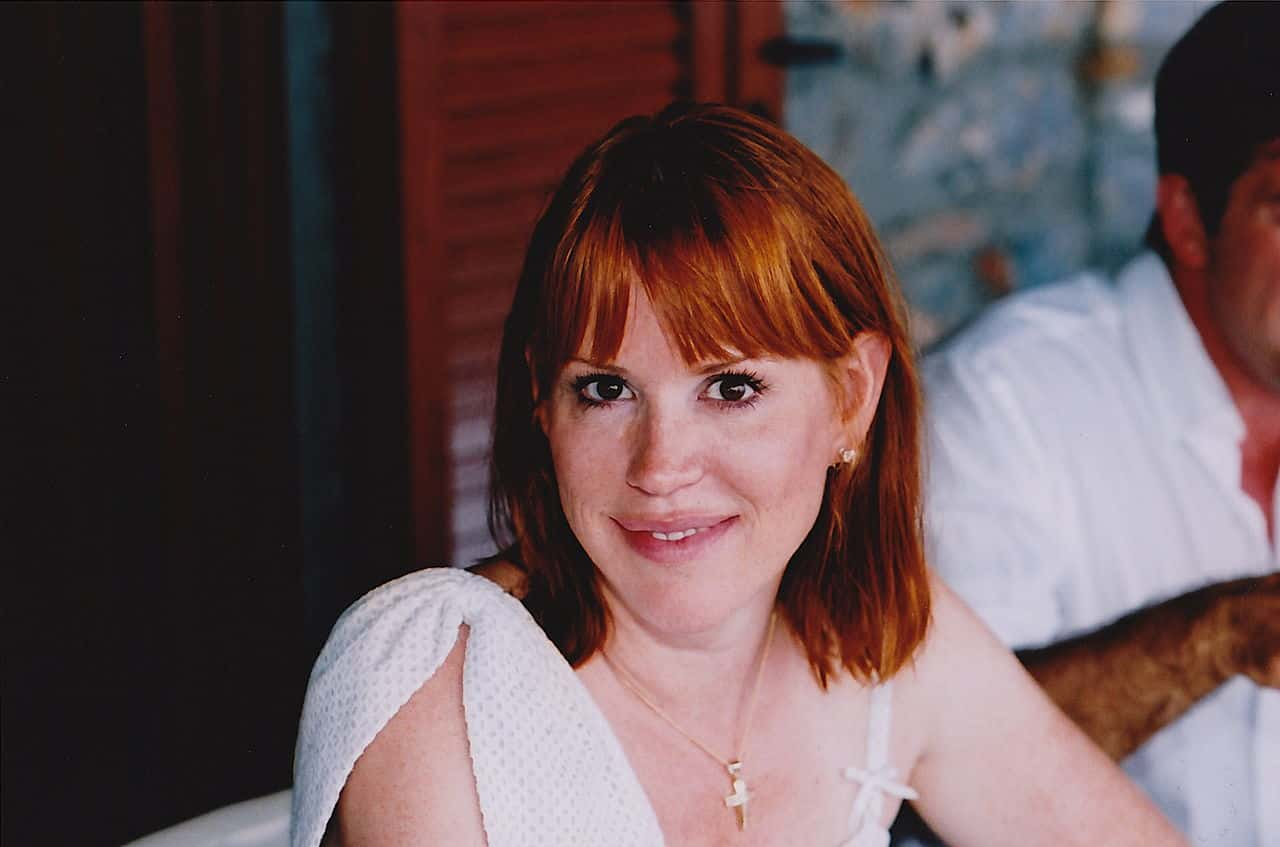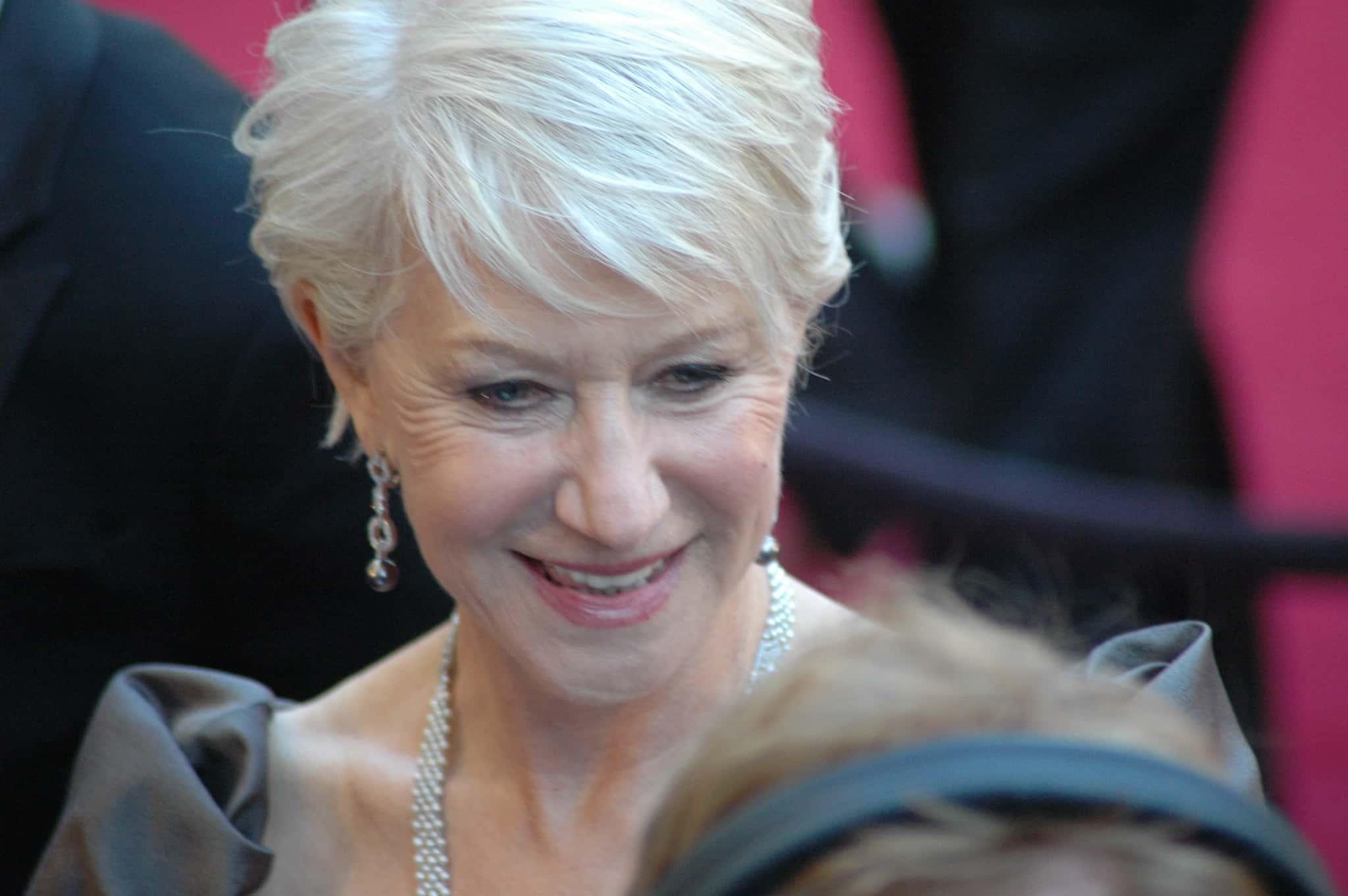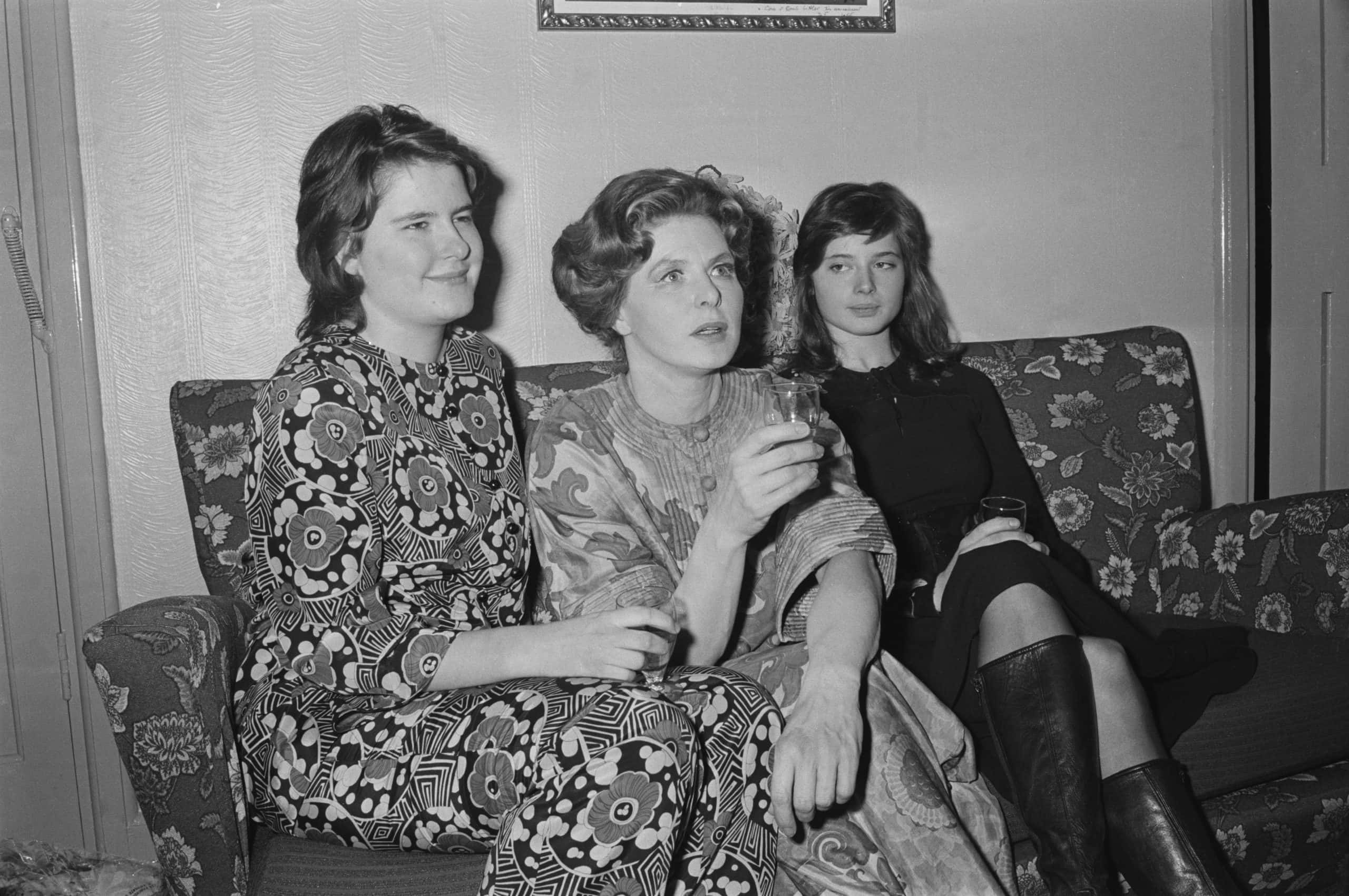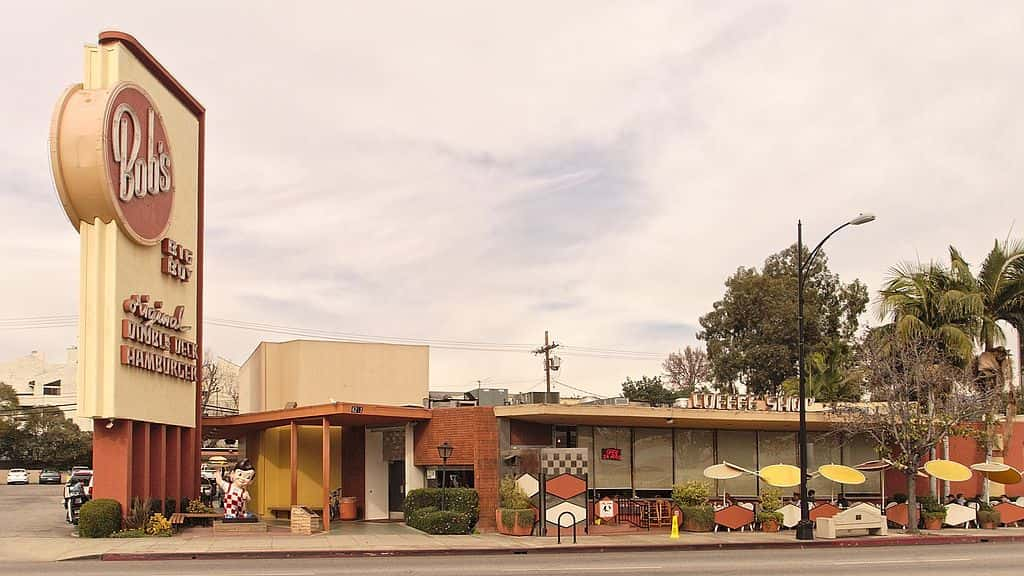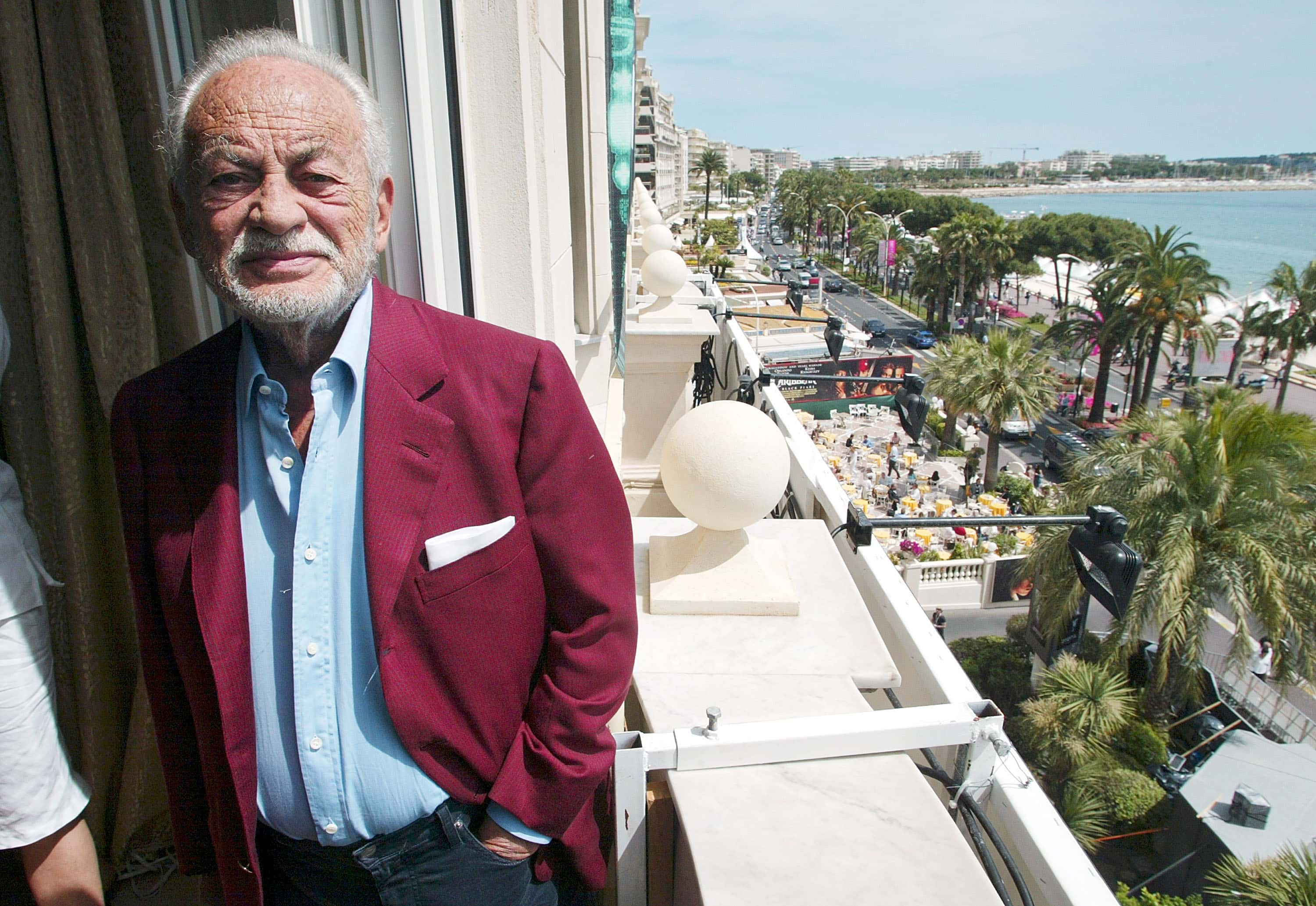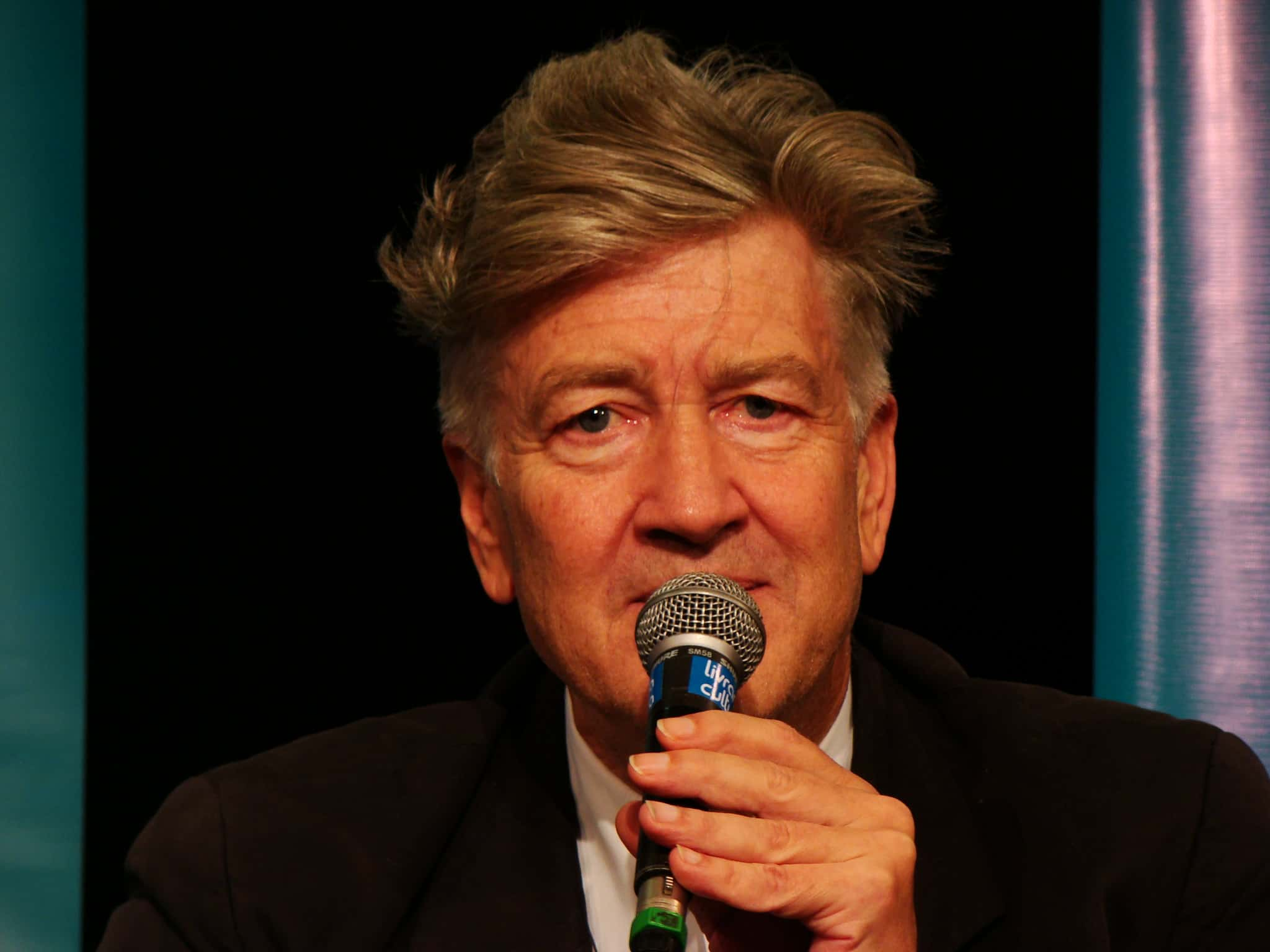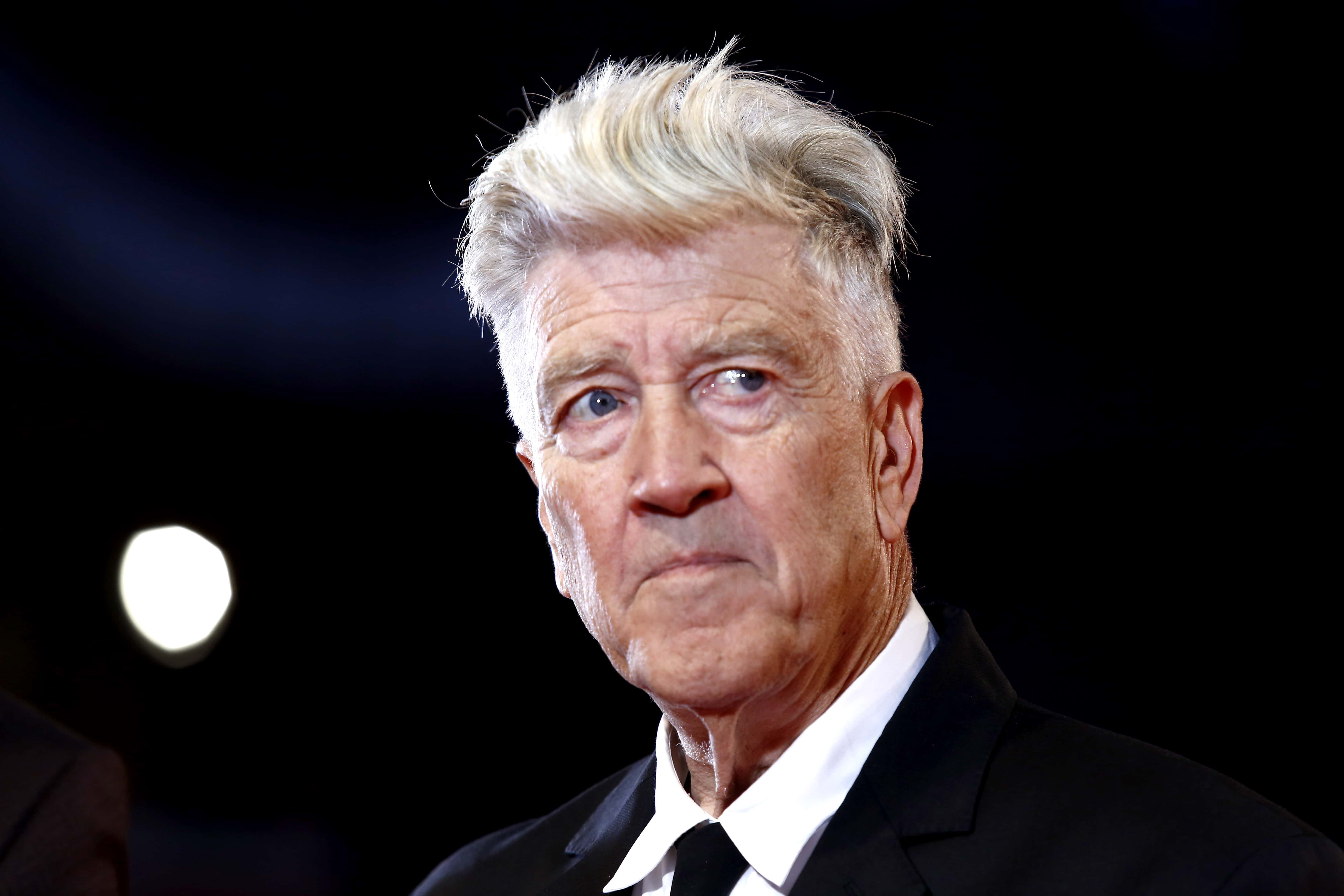39. Twin Peaks Spin-Off
Mulholland Drive was originally inspired by Twin Peaks, and David Lynch developed the idea as a spin-off to the show starring the character of Audrey Horne. In fact, the audition scene in the movie is taken from the script from the second episode of Twin Peaks, when Bobby confronts Shelly about the injuries Leo was inflicting on her.
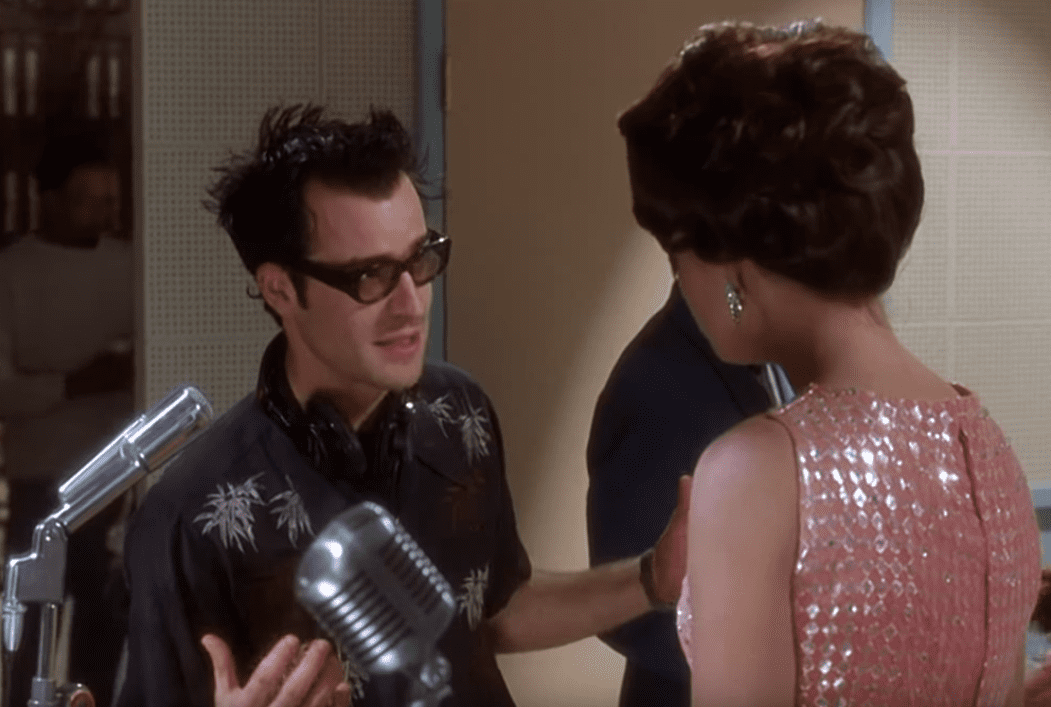 Mulholland Drive (2001), Canal+
Mulholland Drive (2001), Canal+
38. Television Rejection
Since Mulholland Drive was a Twin Peaks spin-off, it was initially created as a television series pilot for ABC. ABC was not a fan of the pilot, and Lynch developed it into a feature-length movie after receiving funding from the French film studio Studio Canal.
37. Teachers Calling Home
After Blue Velvet was released, the citizens of London weren’t the only ones who were unhappy. Isabella Rossellini’s talent agency detested the movie so much, they dropped her upon seeing the movie. Rossellini was also phoned up at home by the nuns that taught her in high school. The nuns were so troubled, they felt the need to tell Rossellini that they were praying for her.
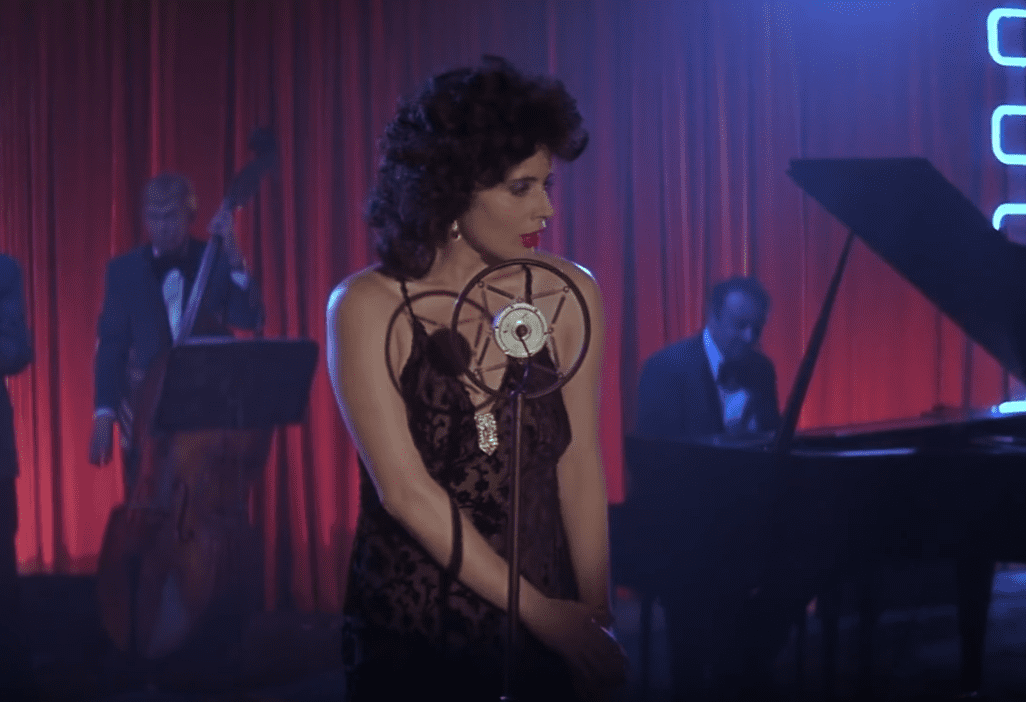 Blue Velvet (1986), 20th Century Fox
Blue Velvet (1986), 20th Century Fox
36. Blue Velvet Protest
When Blue Velvet was first released in London, many people took to picketing it, as they found it a troubling film. Well...I guess they’re not wrong about it being a troubling film.
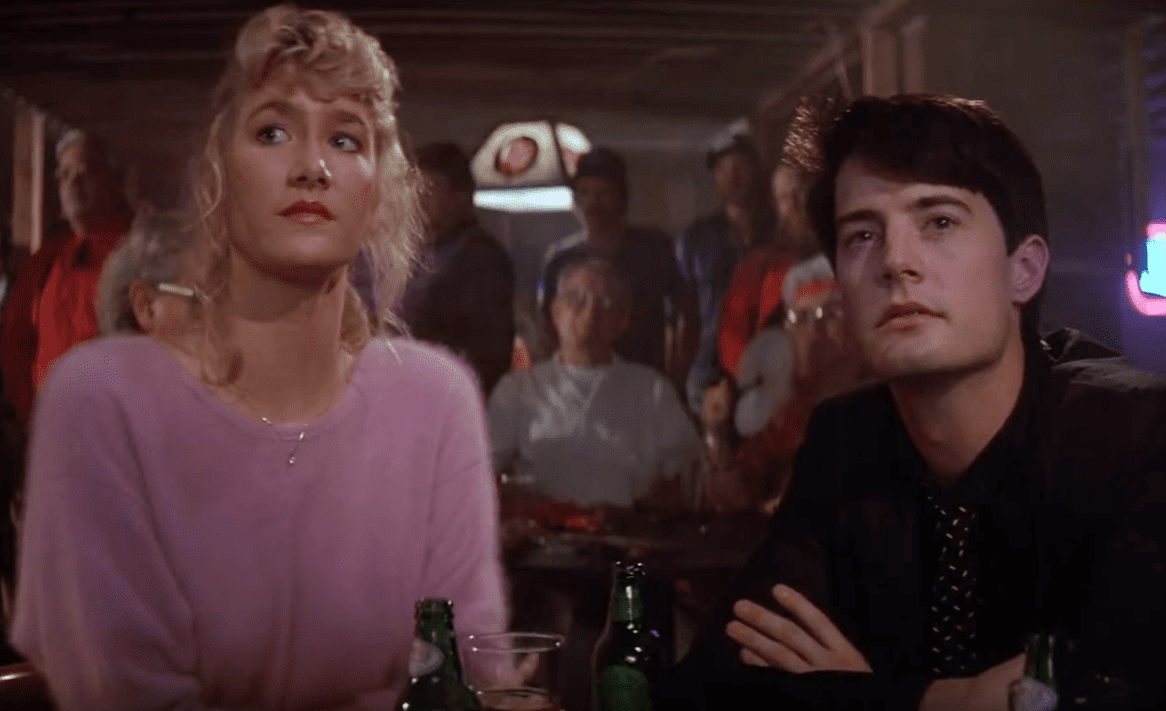 Blue Velvet (1986), 20th Century Fox
Blue Velvet (1986), 20th Century Fox
35. No Curse Words
The Straight Story would be the final film of Richard Farnsworth's career, as the actor was suffering from bone cancer during production and committed suicide shortly after his role in the film. However, he originally turned the role down due to the profanity of Lynch’s previous movies, and had to be convinced by Lynch himself that the movie would not contain any cursing or harsh language.
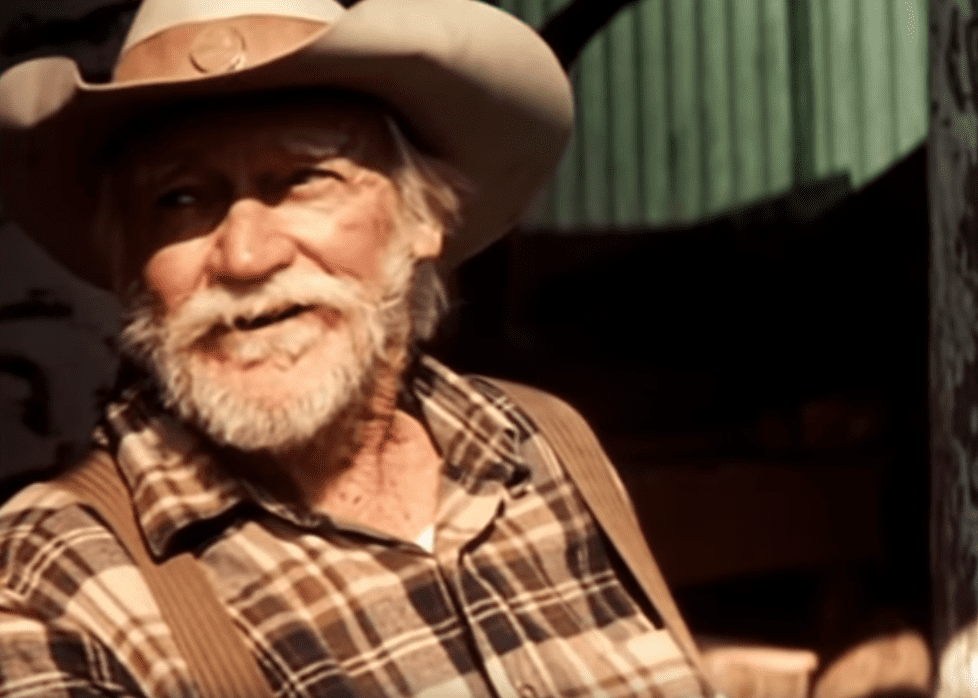 The Straight Story (1999), Walt Disney Pictures
The Straight Story (1999), Walt Disney Pictures
34. Puzzled Actors
Inland Empire is an odyssey of a film, and its meaning is difficult to grasp, but you would think that the actors must at least know what it means, right? Nope. Co-stars Laura Dern and Justin Theroux, who have each worked with Lynch previously, are both on record saying that they have no idea what the film is actually about.
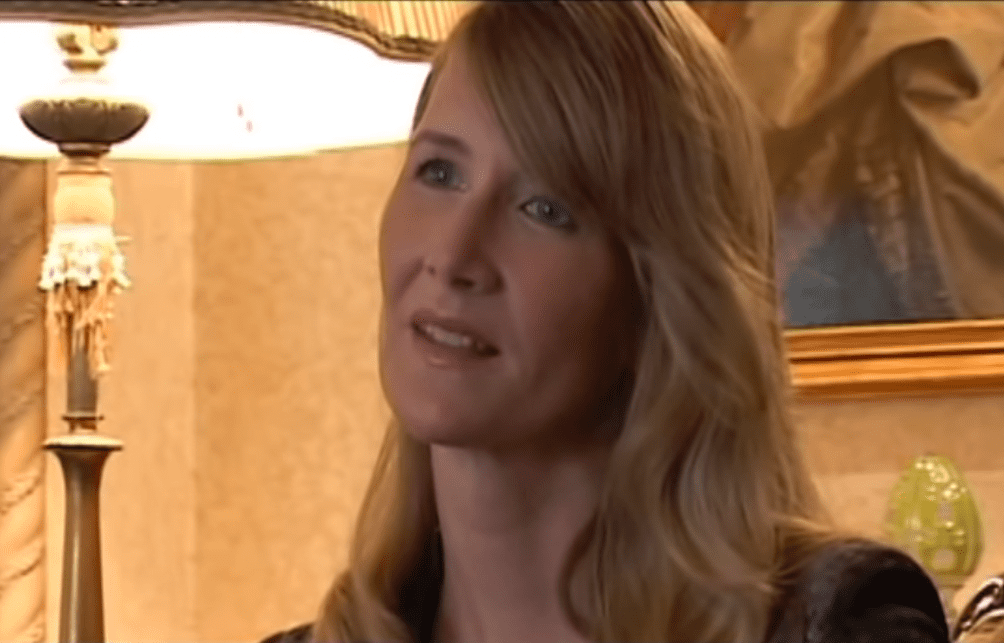 Inland Empire (2006), StudioCanal
Inland Empire (2006), StudioCanal
33. Simple Title
Though Inland Empire may not be understood by many, the title isn’t the best place to look for clues. The origin of the title comes from a conversation between star Dern and Lynch, in which Dern told him that her husband was originally from Inland Empire in California. Lynch loved the way the two words sounded together and made it the name of the movie. To put it in his own words; “I like the word inland. And I like the word empire.”
32. No Star Wars For Lynch
Lynch almost ended up in the Star Wars universe, but ultimately turned down an offer to direct The Return of the Jedi. George Lucas went through a typical Hollywood pitch in order to try and get the young director in on the project, but Lynch is definitely not the type who can be wooed with extravagance.
31. Lincoln’s Assassination
Many of Lynch’s films make reference to Abraham Lincoln’s assassination, but perhaps none more obvious than Blue Velvet. Not only does Don Vallens get shot by Frank Booth, who has the same surname of Lincoln’s murderer, in order for Jeffrey to explore the other side of his town, he must cross Lincoln Street.
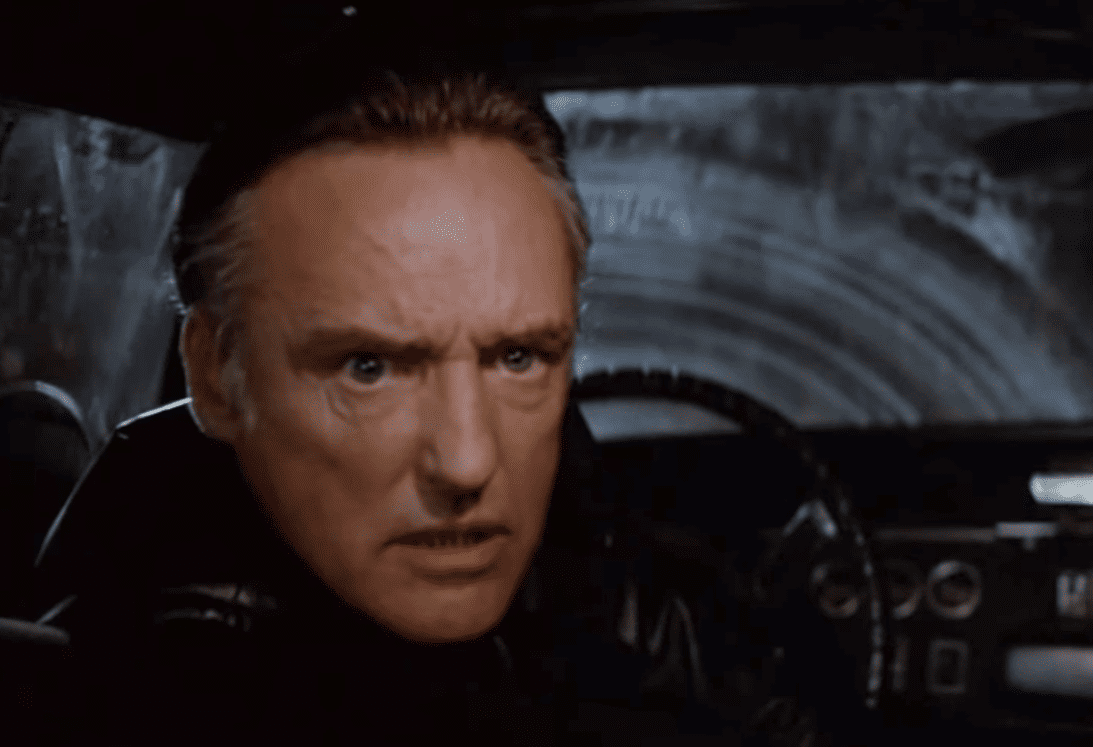 Blue Velvet (1986), 20th Century Fox
Blue Velvet (1986), 20th Century Fox

History's most fascinating stories and darkest secrets, delivered to your inbox daily.
30. Plot Points
What is the movie Wild at Heart about? Well, in the words of Lynch, “It’s about an hour and forty-five minutes.”
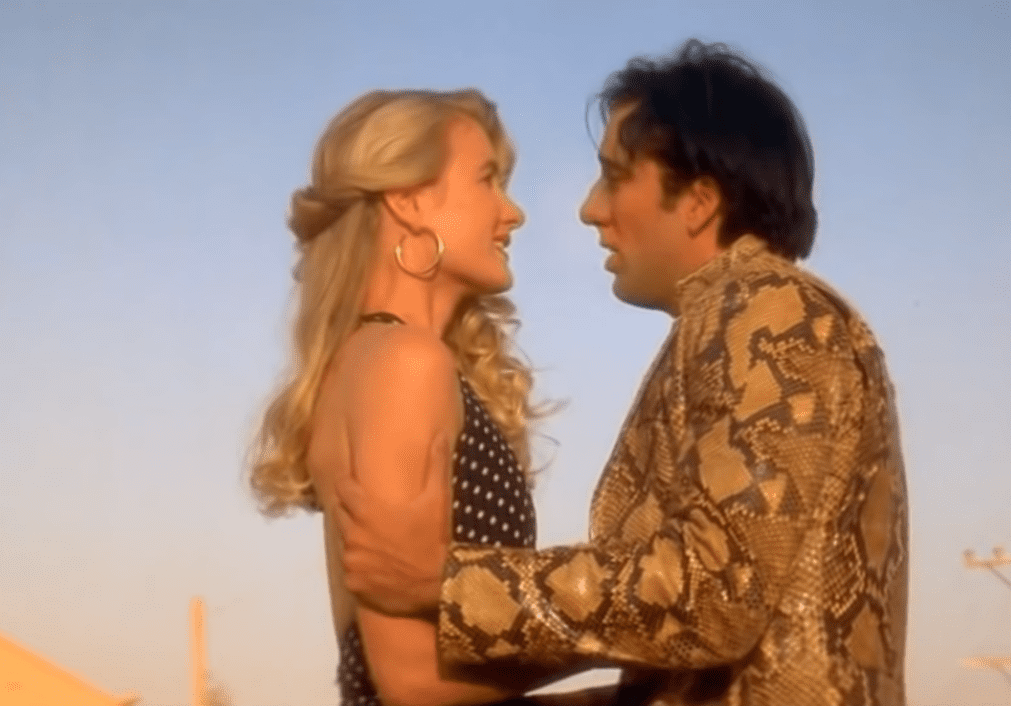 Wild at Heart (1990), PolyGram Filmed Entertainment
Wild at Heart (1990), PolyGram Filmed Entertainment
29. Thank God They Met
Blue Velvet marked the first time that composer Angelo Badalamenti and David Lynch met.
28. Baby Making
Many have wondered how the baby in Eraserhead was created, but like many things about his films, Lynch refuses to disclose the information. The only thing he has said about it is that, "It was born nearby...Maybe it was found...Talking about how certain things happened in a film, to me, takes a lot away from the film.”
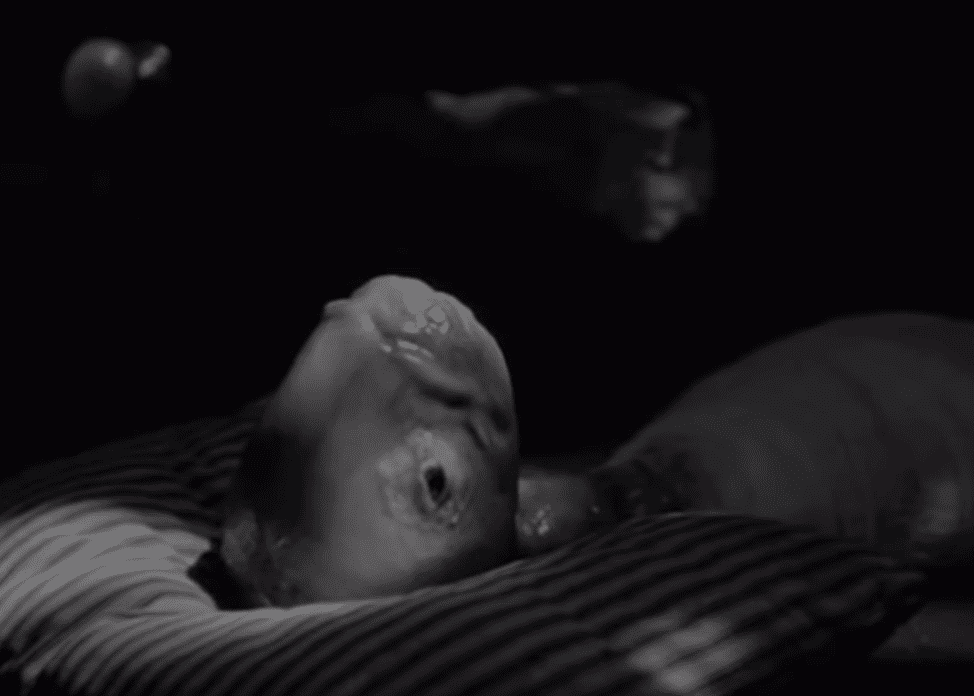 Eraserhead (1977), American Film Institute (AFI)
Eraserhead (1977), American Film Institute (AFI)
27. All About That Paperboy
It took Lynch five years to make Eraserhead, which was his first feature film. In order to financially support himself during this time, he took up many odd jobs, including one as a paperboy, slinging Wall Street Journals around the neighborhood.
26. Last Time on Film
Lost Highway was the last film appearance of several notable actors: Richard Pryor, Jack Nance, and Robert Blake.
 Lost Highway (1997), CiBy 2000
Lost Highway (1997), CiBy 2000
25. From Page to Film
The origins of Lost Highway come from a line in Barry Gifford’s book Night People. After reading the phrase “lost highway,” Lynch became obsessed with it, and convinced Gifford to work on a script for a movie with him.
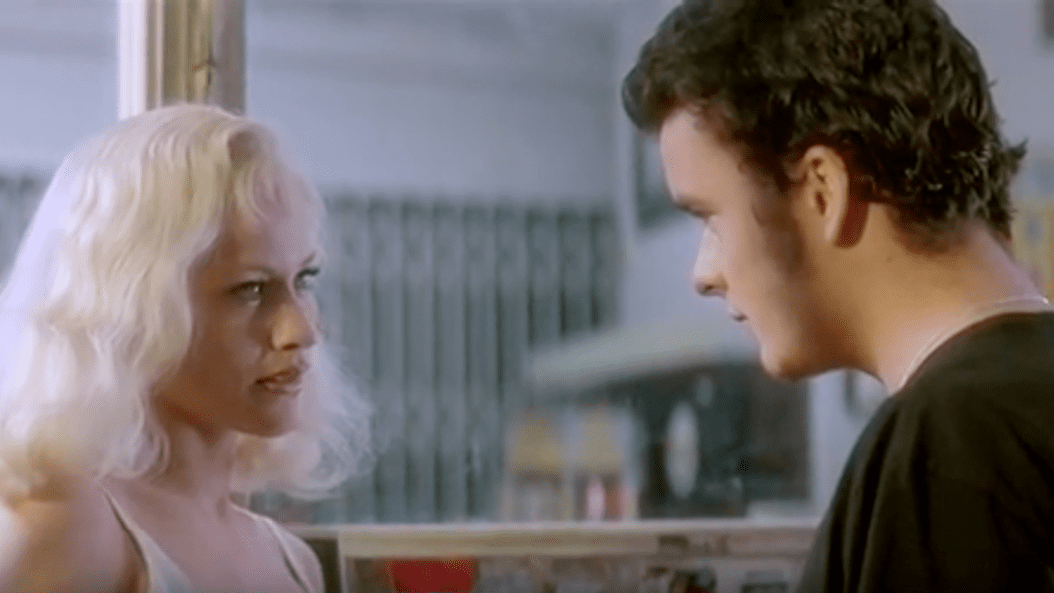 Lost Highway (1997), CiBy 2000
Lost Highway (1997), CiBy 2000
24. Real Life Inspiration
While “lost highway” may be the phrase that started it all, “Dick Laurent is dead” is the iconic line from the movie. The scene in which Fred Madison hears a stranger utter the words “Dick Laurent is dead” through the intercom apparently comes from a real-life experience from Lynch’s life, when someone spoke these exact words into Lynch’s home intercom.
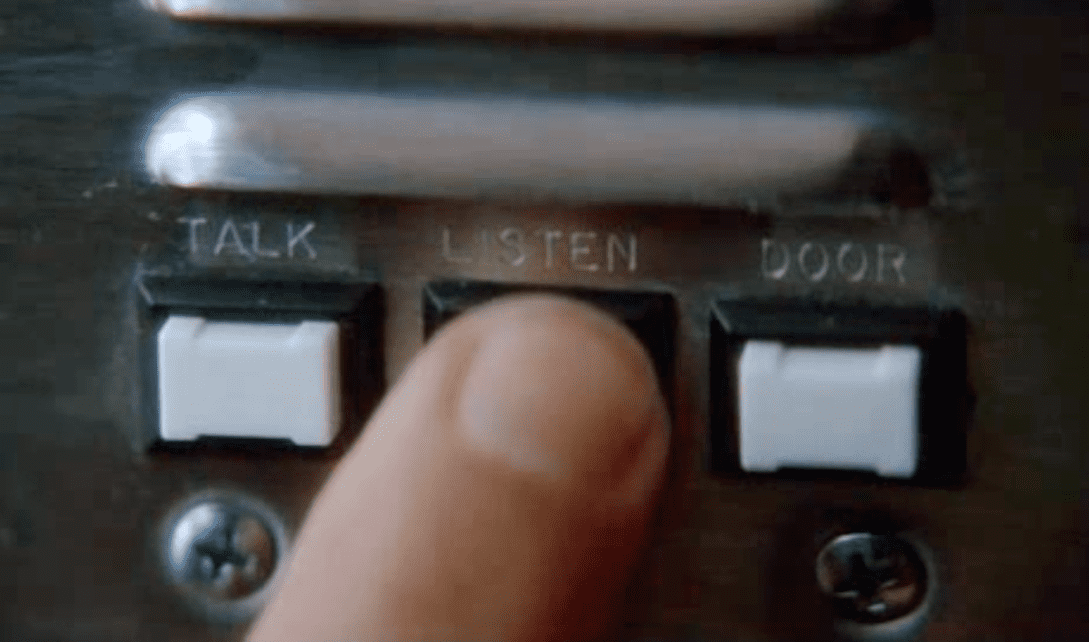 Lost Highway (1997), CiBy 2000
Lost Highway (1997), CiBy 2000
23. Unconscious Influence
In Lynch’s films, there is always a play of unconscious influences on the characters. For Lost Highway, Lynch has said that he believes the O.J. Simpson murder case to be his unconscious influence on the making of the movie, as both things involve a jealous husband who murders his wife and then denies it, both publicly and to himself.
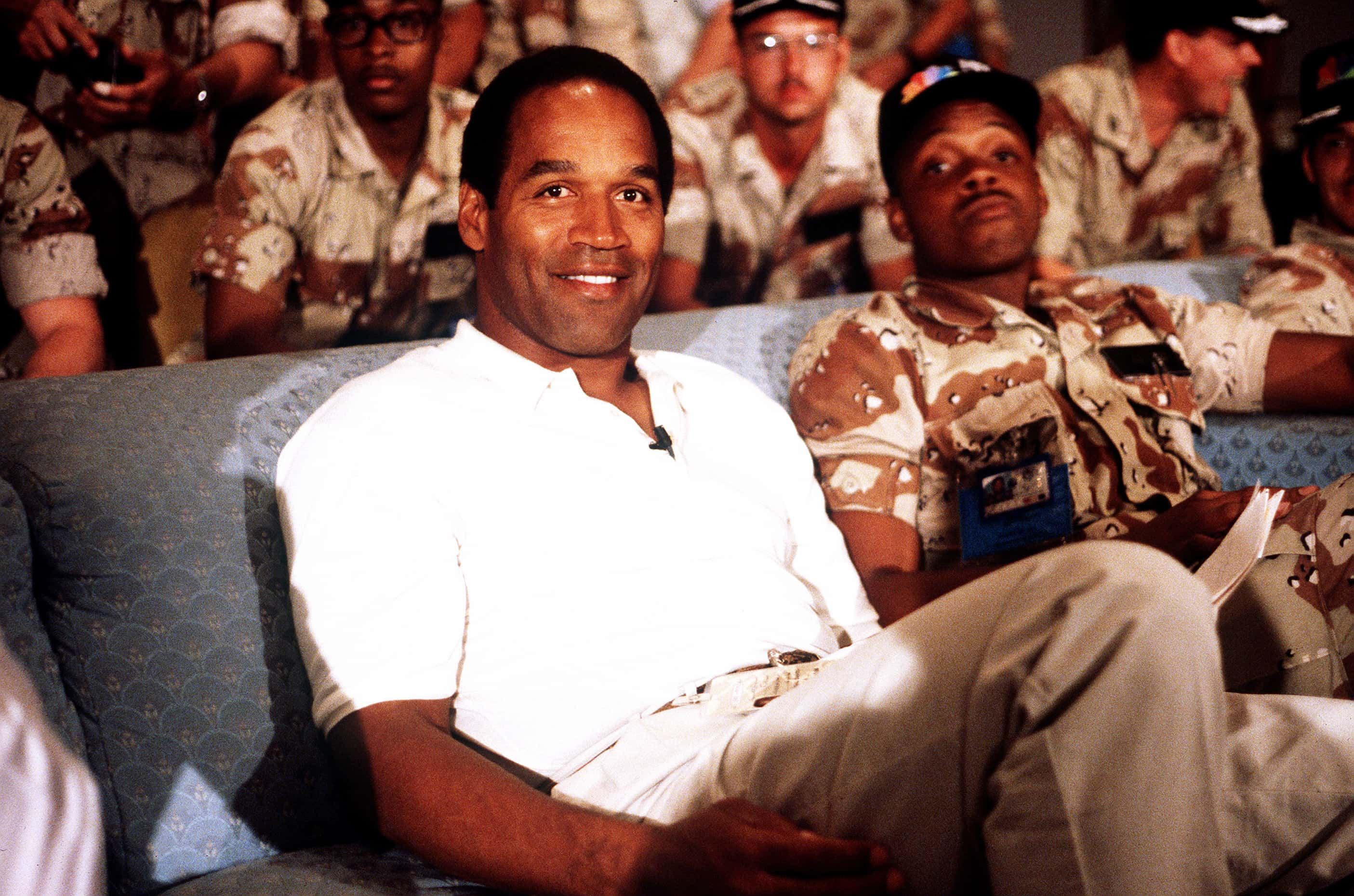 Wikimedia Commons, Gerald Johnson
Wikimedia Commons, Gerald Johnson
22. Creepy Look
Robert Blake is a creepy man. That we all know. So it should be no surprise to learn that he was responsible for developing the appearance of his The Mystery Man character in Lost Highway. After cutting his hair, parting it down the middle, and putting on Kabuki make-up, he approached Lynch in character. Lynch loved it so much, he let Blake keep the style for the film.
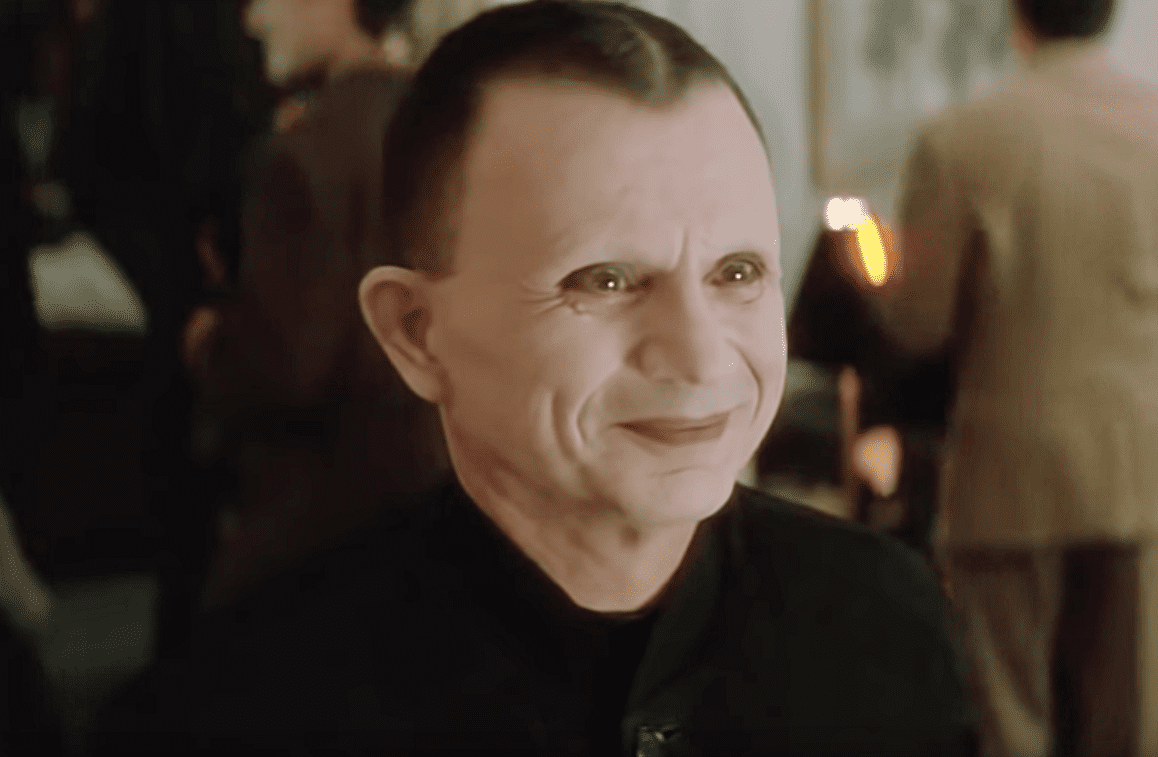 Lost Highway (1997), CiBy 2000
Lost Highway (1997), CiBy 2000
21. Manson Cameo
At the end of Lost Highway, when the pornographic film is shown, rock star Marilyn Manson and his bass player can be seen rolling on the floor.
20. Wild for the Book
Lynch wasn't supposed to direct the Cannes Palme d’Or-winning film Wild at Heart, but after reading the Barry Gifford novel Wild at Heart: The Story of Sailor and Lula, he liked it so much that he convinced his friend Monty Montgomery to let him direct the movie. Montgomery had actually originally wanted to direct the film himself, but Lynch was so into the material, he asked Montgomery to hand over directing duties.
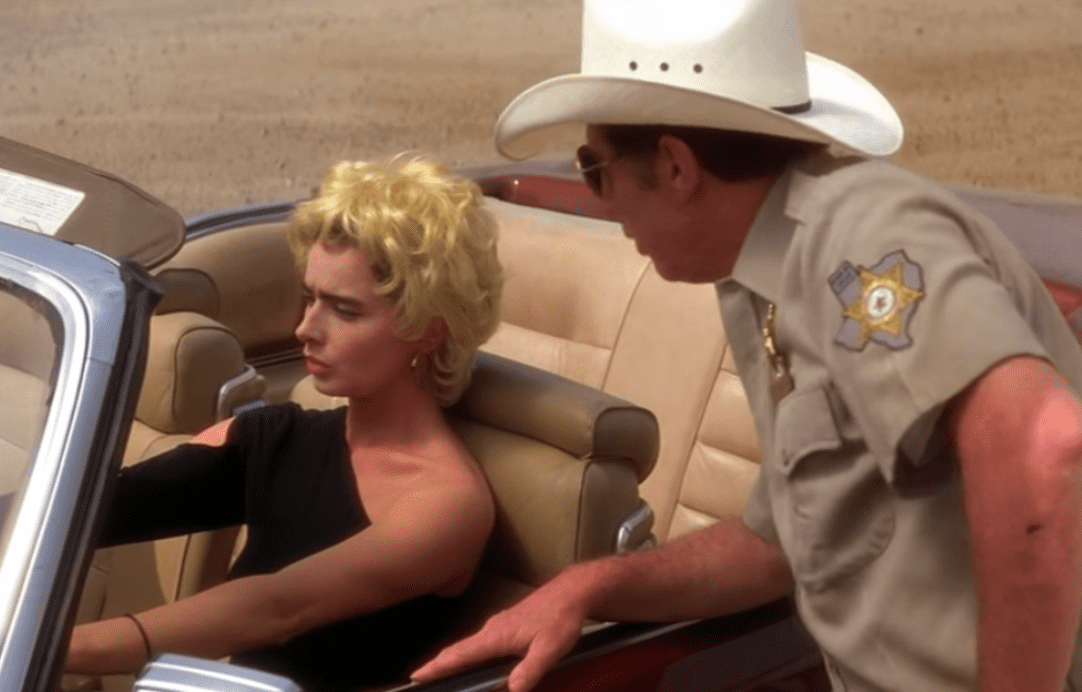 Wild at Heart (1990), PolyGram Filmed Entertainment
Wild at Heart (1990), PolyGram Filmed Entertainment
19. No Nudity
Dern has had a strict no-nudity rule for her career, but for Wild at Heart, she felt that Lynch’s vision was not an exploitation of her body, and that her nudity was a part of a protected love story. So, she broke the rule for Lynch—and only Lynch.
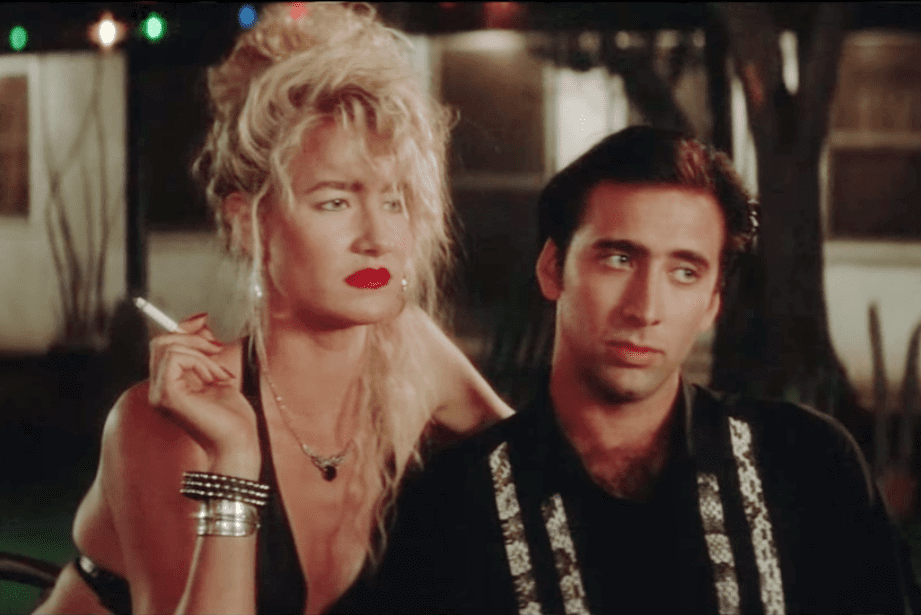 Wild at Heart (1990), PolyGram Filmed Entertainment
Wild at Heart (1990), PolyGram Filmed Entertainment
18. Snakeskin Style
There is only one Nicolas Cage, and we should feel lucky for that. One of the defining features of Wild at Heart is Sailor’s snakeskin jacket, and the reason Cage wears it so well is that it is a part of his own “individuality.” Cage loved the jacket so much—it's his own personal jacket—that he asked Lynch if he could wear it in the movie. Lynch liked the idea, so he wrote it into the film.
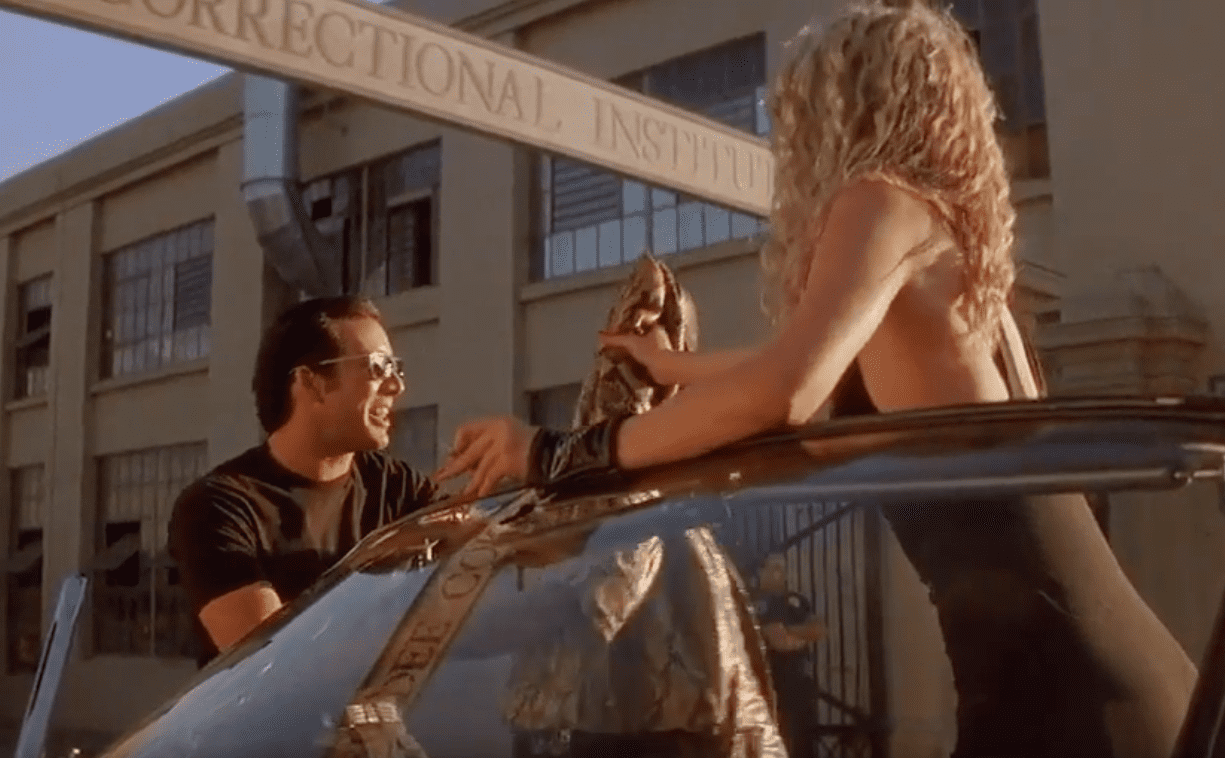 Wild at Heart (1990), PolyGram Filmed Entertainment
Wild at Heart (1990), PolyGram Filmed Entertainment
17. Embrace the Fun
Cage is an actor who embraces wackiness, and that may have something to do with Lynch. Prior to filming Wild at Heart, Cage had been practicing Method acting, but a technique like that is not going to work for a Lynch film, so Cage had to adapt. Lynch pushed Cage to be more playful, and this would inspire Cage for the rest of his career.
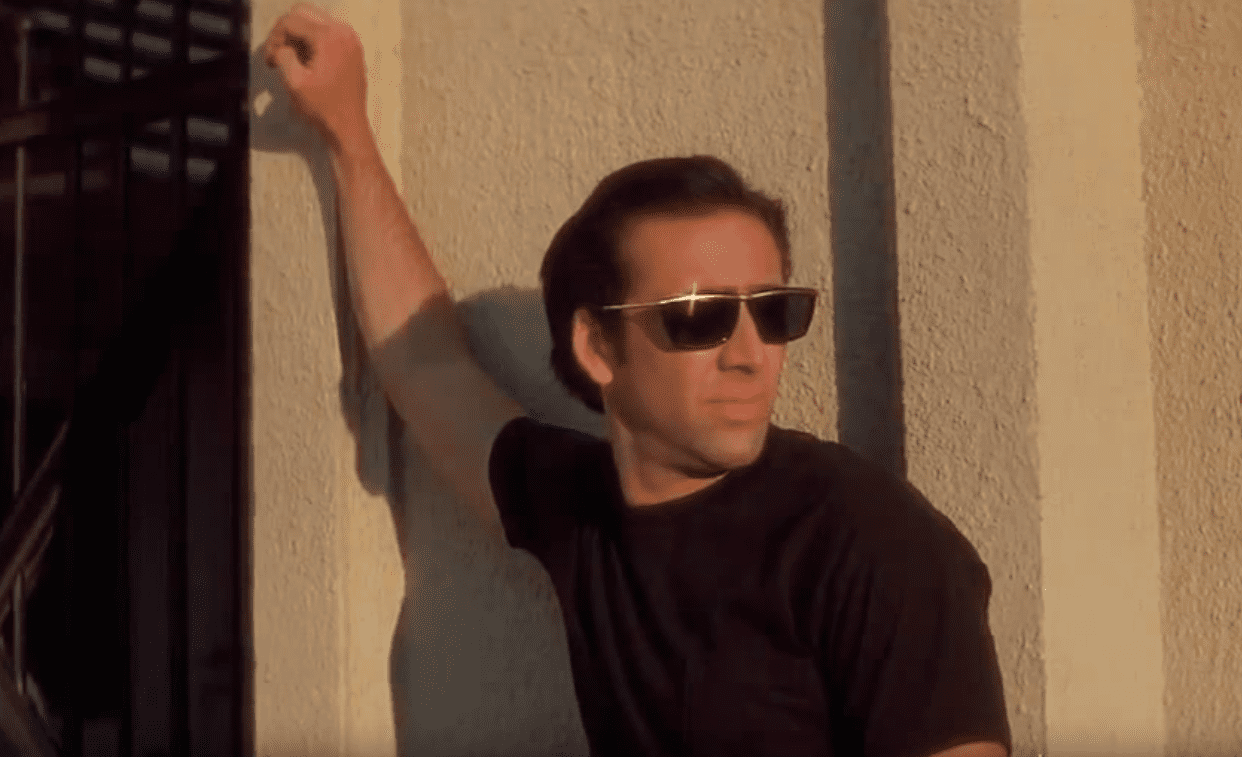 Wild at Heart (1990), PolyGram Filmed Entertainment
Wild at Heart (1990), PolyGram Filmed Entertainment
16. Down to the Wire
Wild at Heart may have won Cannes, but it almost didn’t make it there, as Lynch didn’t finish the film until the day before its premiere at the French film festival. Even then, he almost didn’t get it to the festival in time, as he tried to board his flight to Cannes with the film in his carry-on, which took some arguing with unhappy Swiss Air employees to finally make happen.
15. From Behind
Wild at Heart was released to mixed reviews in the United States, and it was even threatened with an X rating by the MPAA. The X rating was used before the NC-17 rating came into existence, and the film almost landed this dreaded rating in part due to the sex scene between Cage and Dern, which the MPAA considered controversial because it had “penetration from behind.”
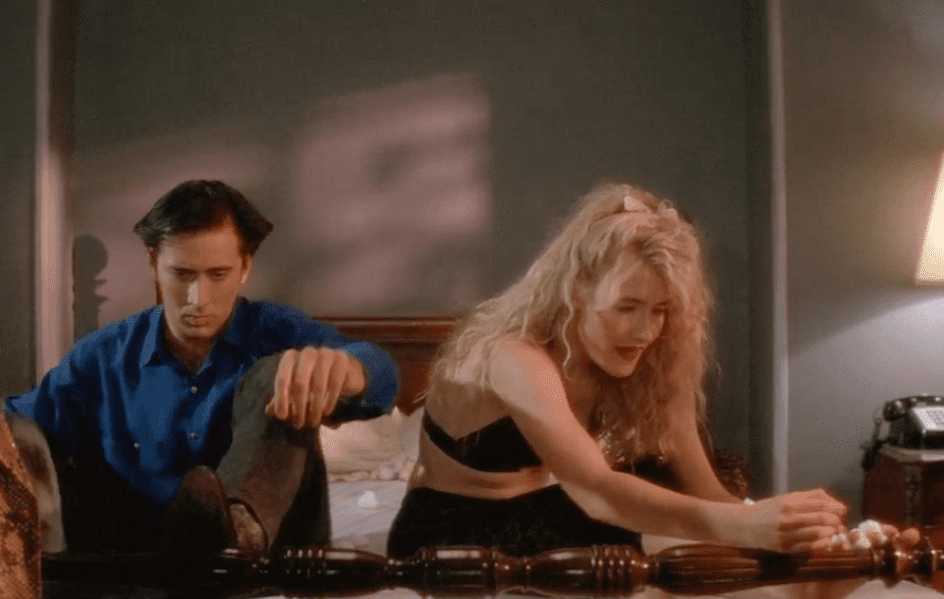 Wild at Heart (1990), PolyGram Filmed Entertainment
Wild at Heart (1990), PolyGram Filmed Entertainment
14. Velvet Songs
Following the trend of the origin that many of Lynch’s film have, his classic film Blue Velvet was inspired by a piece of art: the 1963 Bobby Vinton cover of “Blue Velvet.” According to Lynch, though he doesn’t like that type of music, when he first heard it, its mysteriousness made him think of “lawns and the neighborhood.”
13. Brat Pack
Blue Velvet is the film that brought Laura Dern and David Lynch together, but Lynch’s first choice for the film was actually Molly Ringwald. Ringwald never even got to read the script, however, as her mother found the script so offensive, she refused to pass it on to her daughter.
12. Wine and Dine
Before Isabella Rossellini was cast as Dorothy Vallens in Blue Velvet, David Lynch was trying to convince Helen Mirren to take the role. One day, while dining at a New York City restaurant, Lynch was introduced to Rossellini, and the two struck up a conversation in which Lynch conveyed his desire to cast Mirren in his newest movie. Two days later, Lynch sent a letter to Rossellini, asking her to read for the film. Shortly afterward, the pair would also start dating.
11. The Daughter of Ingrid Bergman
Funny enough, Lynch didn’t know who Isabella Rossellini was at first, and during their initial meeting, Lynch blurted out that she was so beautiful, she looked like she could be the daughter of legendary actress Ingrid Bergman. Ding, ding, ding, Lynch hit it right on the head: she is Bergman's daughter.
10. No Audition Necessary
For her role in Blue Velvet, Dern didn’t even have to audition. All Lynch needed was their initial encounter, in which he found Dern’s personality to be perfect for the role.
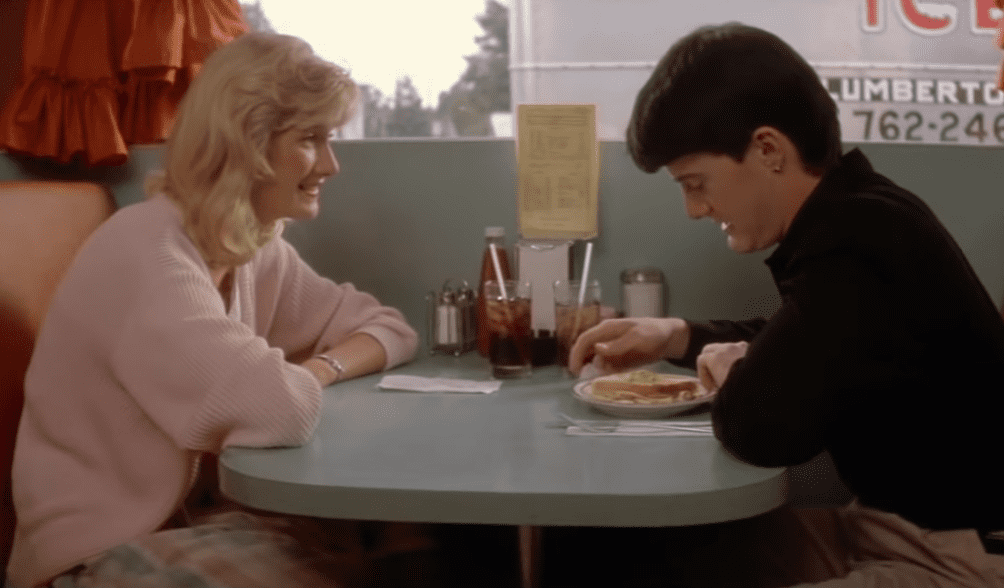 Blue Velvet (1986), 20th Century Fox
Blue Velvet (1986), 20th Century Fox
9. Fast Food Meeting
Lynch is a big fan of Bob’s Big Boy fast-food chain. He utilized it for many things, including conducting the first meeting between Blue Velvet stars Kyle MacLachlan and Laura Dern.
8. Frank’s High
The gas that Frank is inhaling throughout Blue Velvet to get high was initially supposed to be helium, but after Dennis Hopper's voice sounded comic rather than scary on helium, they changed the gas to something else. What they changed it to is unknown, however, Hooper told Lynch he thought that Frank should be high on amyl nitrate.
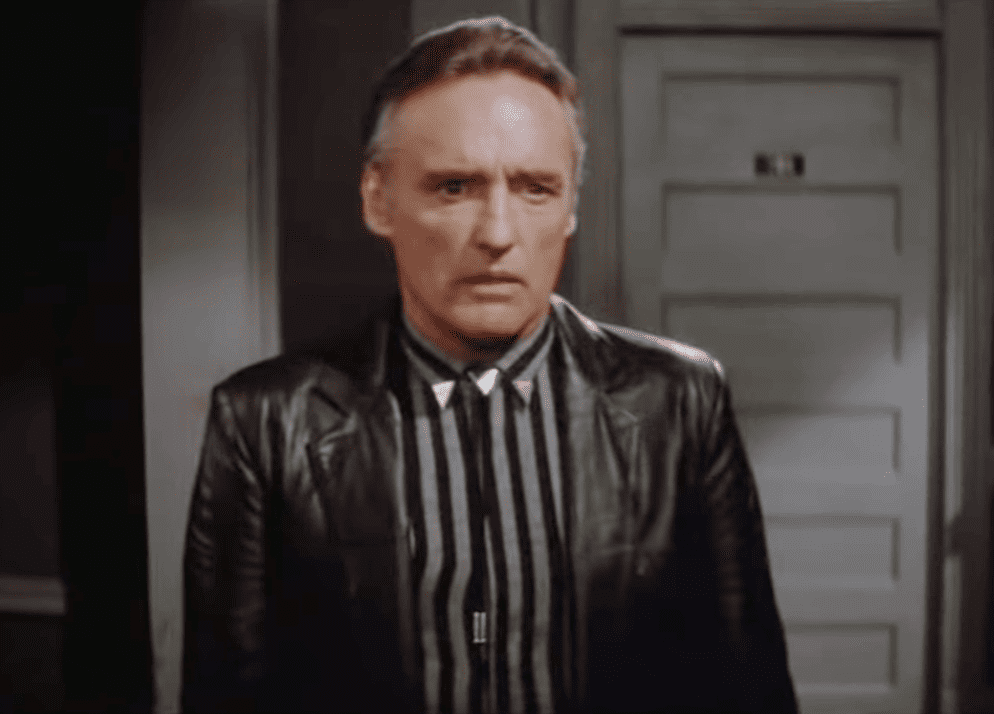 Blue Velvet (1986), 20th Century Fox
Blue Velvet (1986), 20th Century Fox
7. Right in the Middle
Lynch is a master at editing. Exactly one hour into Blue Velvet—the film is two hours long—he made sure that Jeffrey’s line “I’m in the middle of a mystery” is spoken.
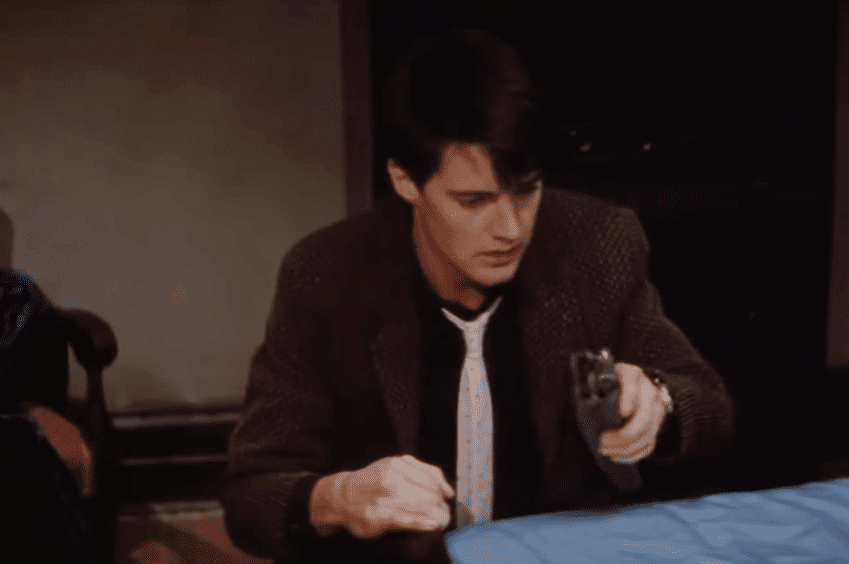 Blue Velvet (1986), 20th Century Fox
Blue Velvet (1986), 20th Century Fox
6. Creative Control
The reason why Blue Velvet was exactly two hours long is that producer Dino De Laurentiis insisted the film be no longer than two hours. It was one of the only conditions De Laurentiis made when he agreed to give David Lynch complete creative control over the final cut of the film.
5. Pay Cut
As a part of his agreement in having control over the final cut of Blue Velvet, Lynch agreed to take a $4 million pay cut.
4. Holy Cow
Lynch believed that Dern deserved an Academy Award nomination for her work in Inland Empire, so he took to unconventional methods in order to try and get her the bid. Instead of using money to create a widespread advertising campaign, Lynch brought a cow to the corner of Hollywood Boulevard and La Brea and sat beside it as a way to meet people and spread the word about Dern.
3. Open Cat
In order to inspire creative ideas for the nightmare of a film that is Eraserhead, David Lynch dissected a cat during the production to gain ideas on what type of textures to use for the movie.
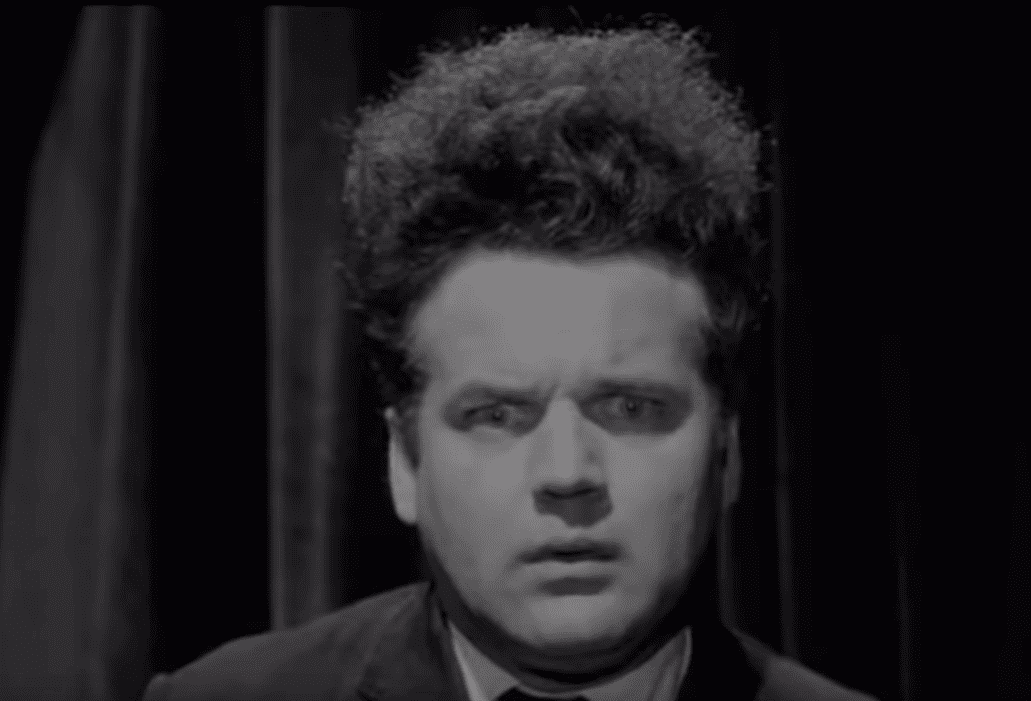 Eraserhead (1977), American Film Institute (AFI)
Eraserhead (1977), American Film Institute (AFI)
2. No Hand in Writing
The only film directed by David Lynch but not written by him is the 1999 Disney movie—you read that right, David Lynch made a Disney movie—The Straight Story.
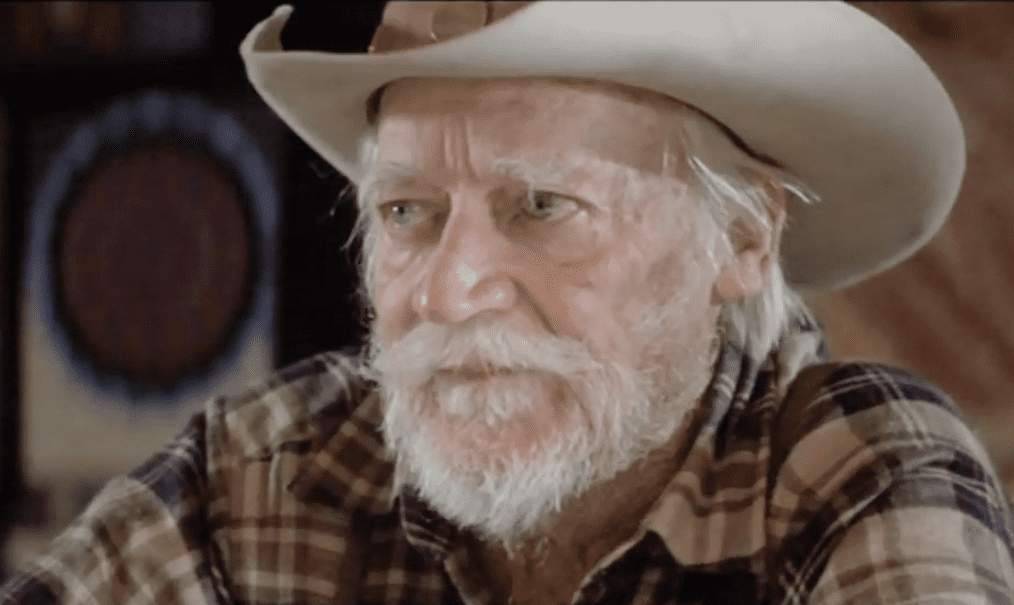 The Straight Story (1999), Walt Disney Pictures
The Straight Story (1999), Walt Disney Pictures
1. Lynch’s Experiment
The film The Straight Story is considered by Lynch to be his “most experimental movie,” as it is a family film with a linear storyline, carrying a G-rating.
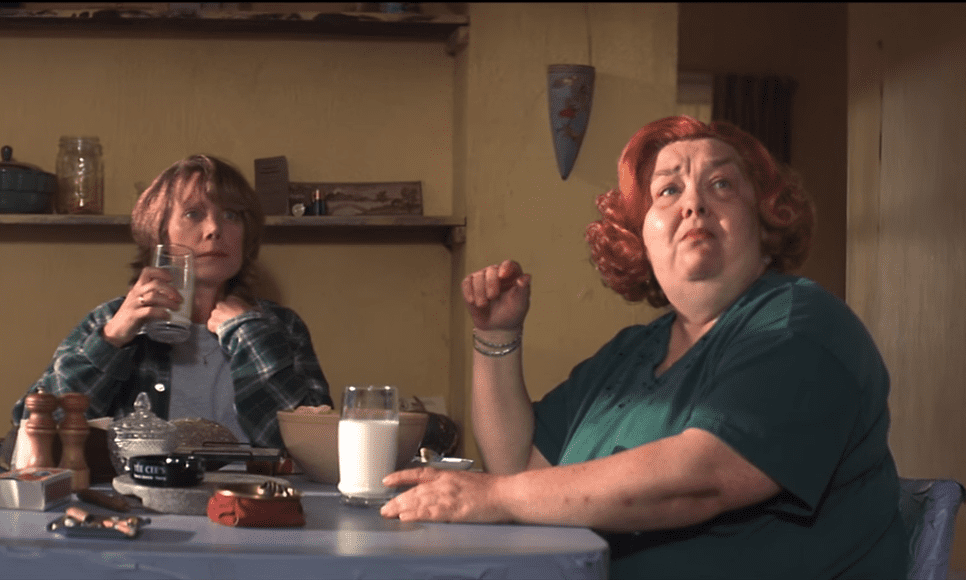 The Straight Story (1999), Walt Disney Pictures
The Straight Story (1999), Walt Disney Pictures


